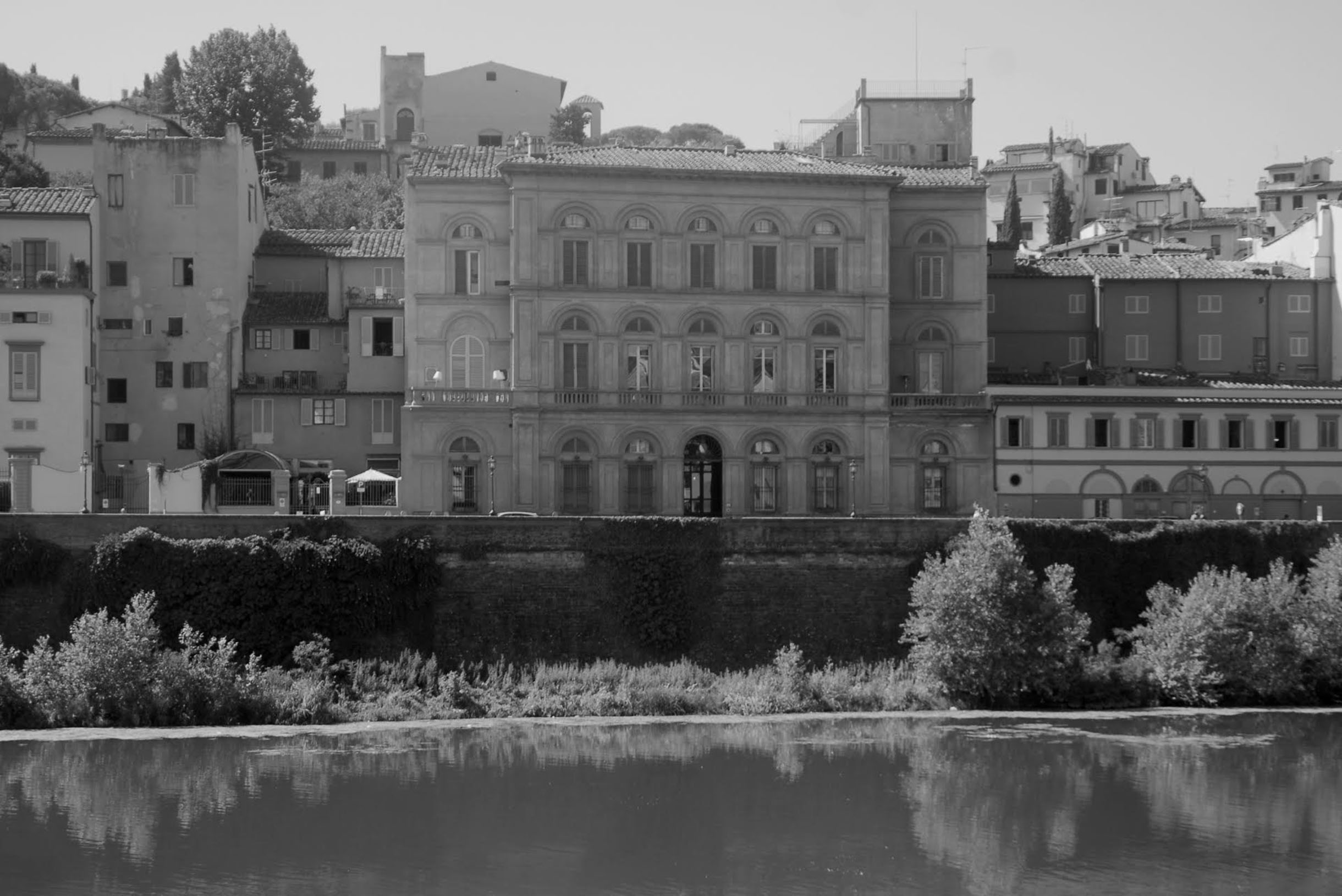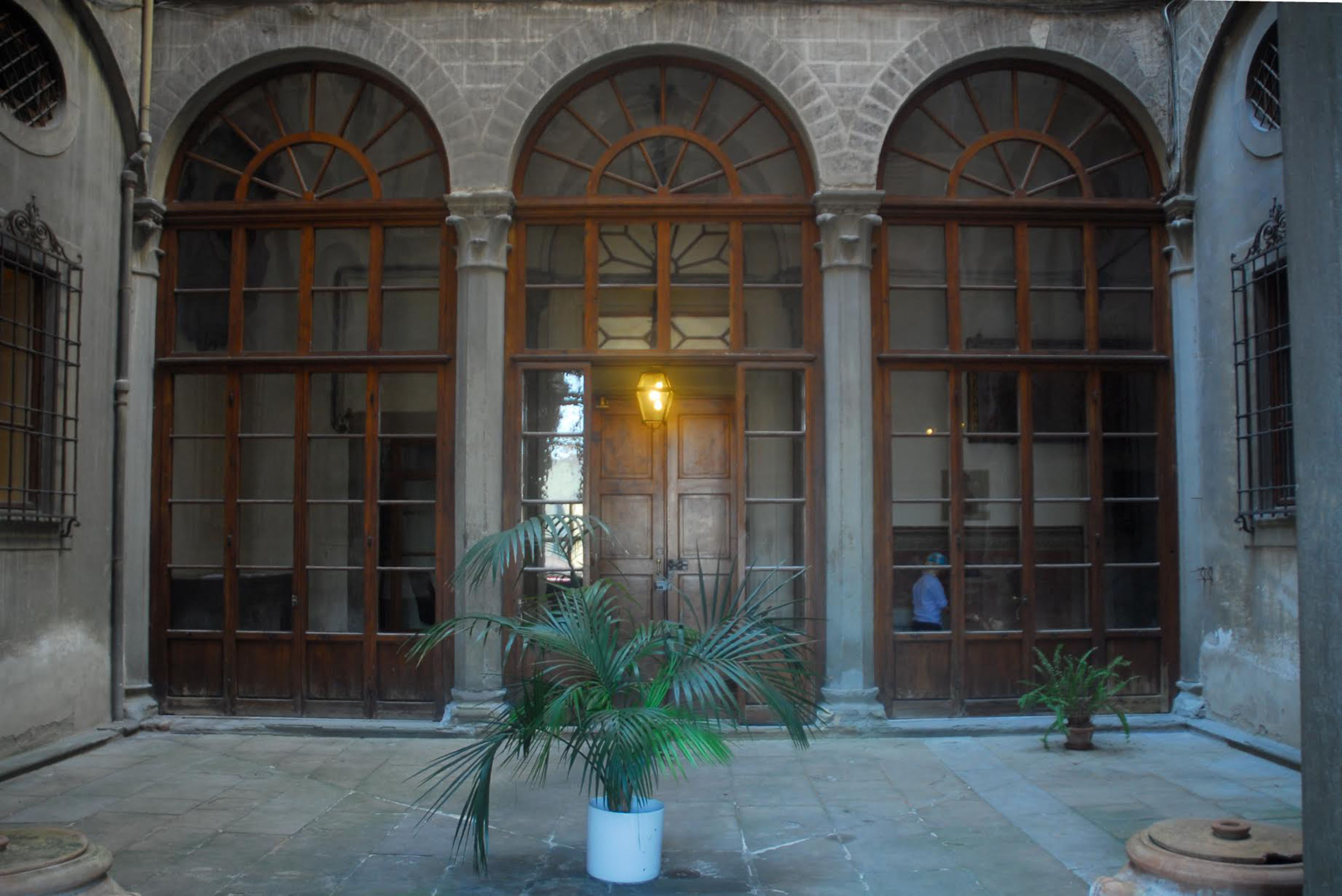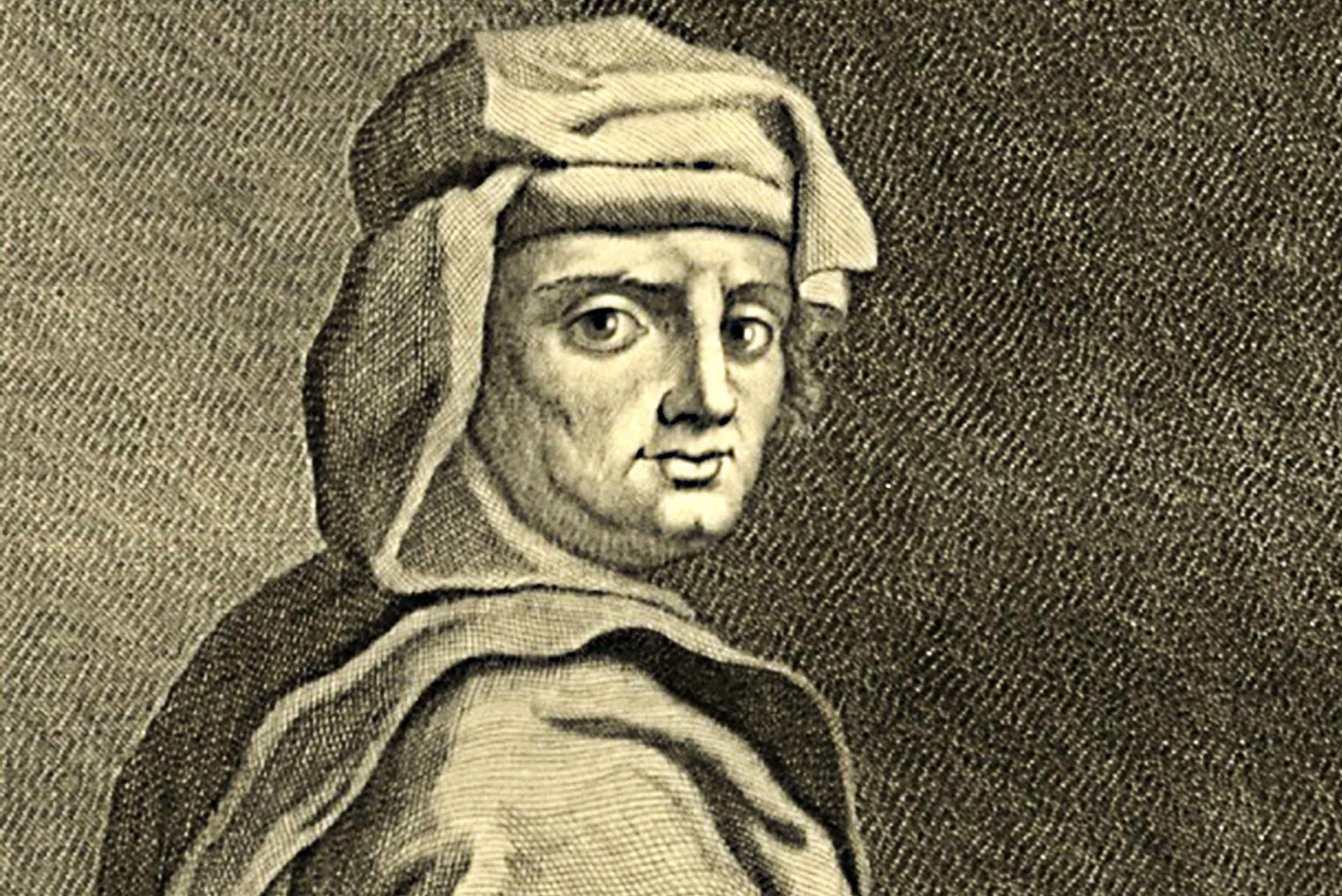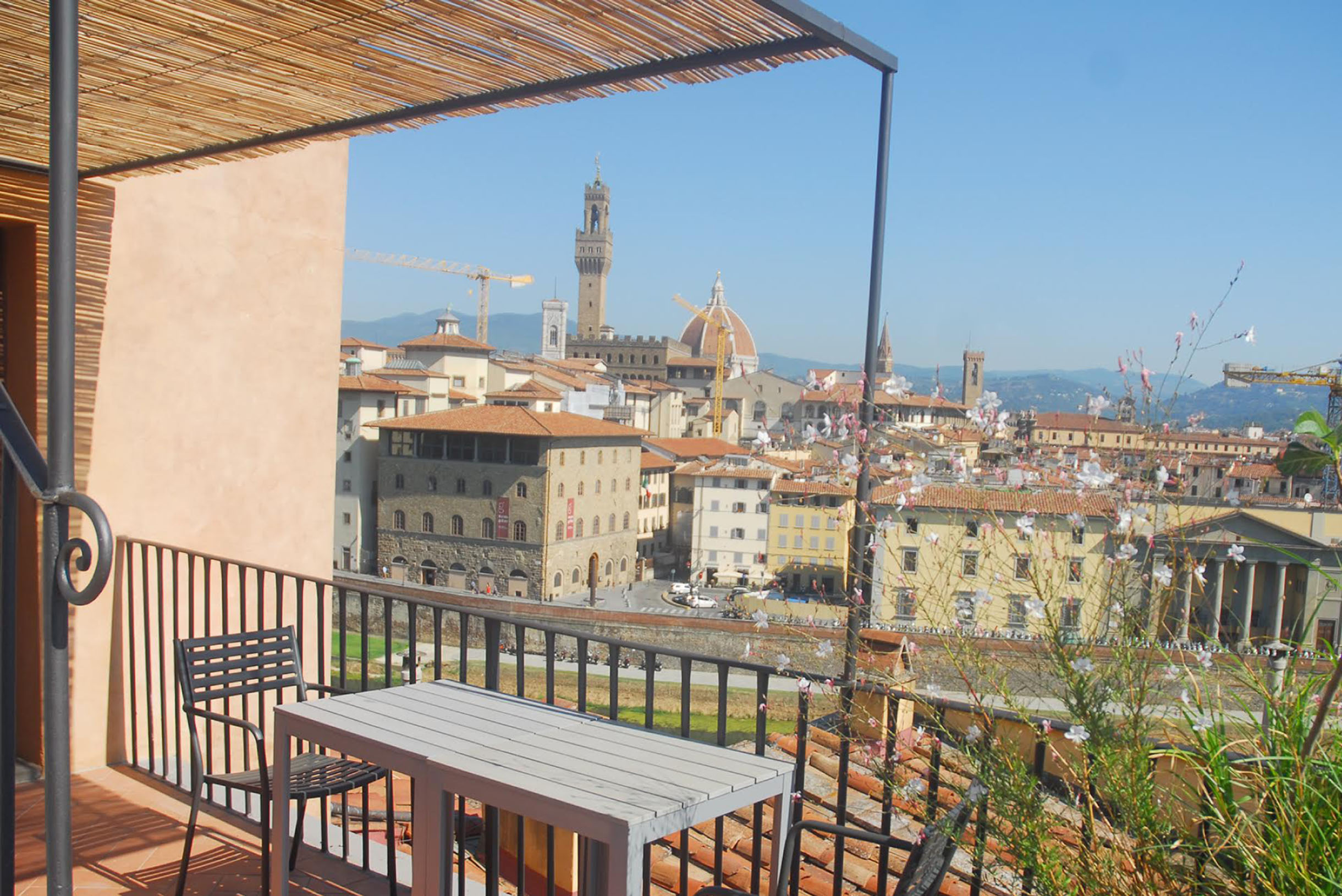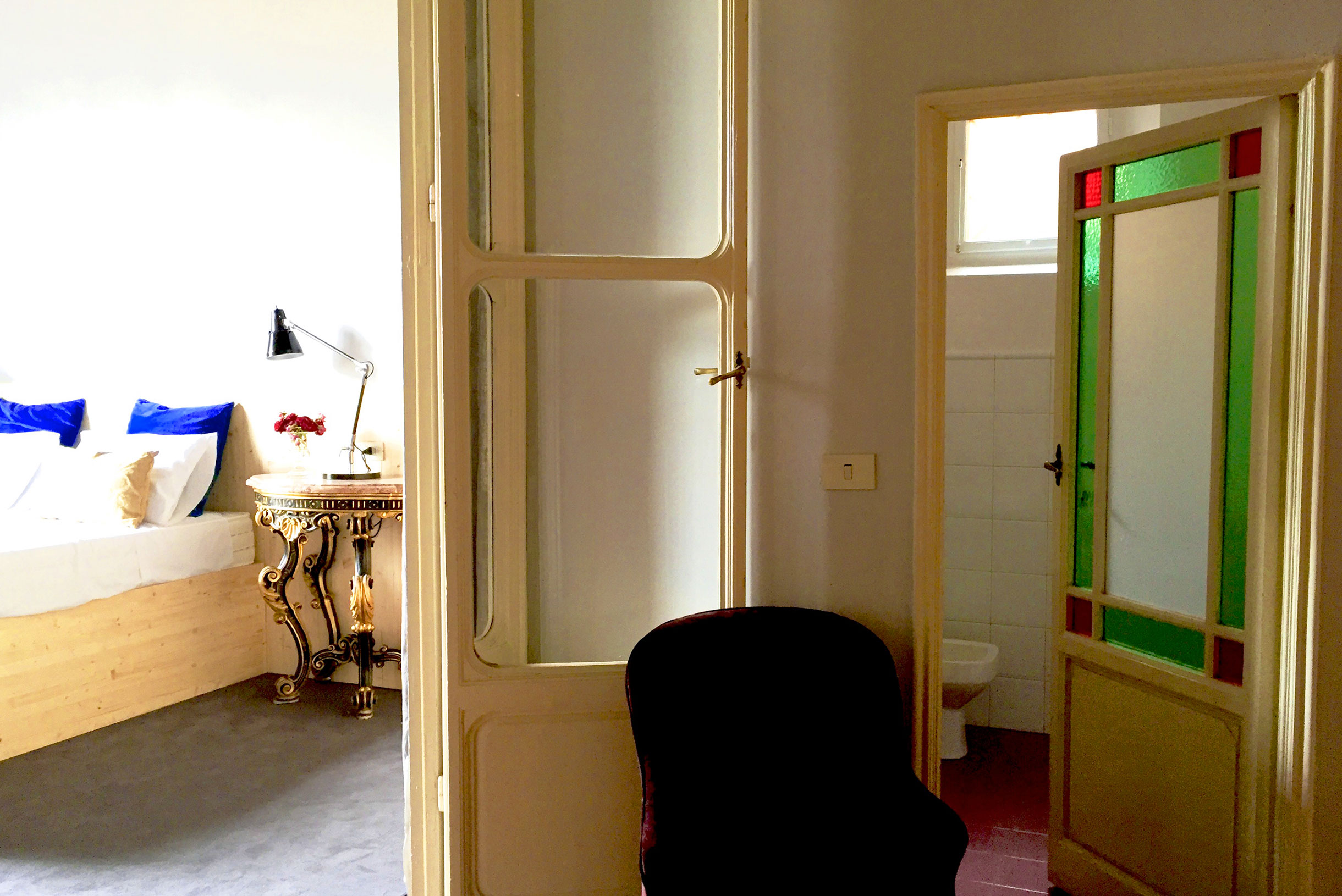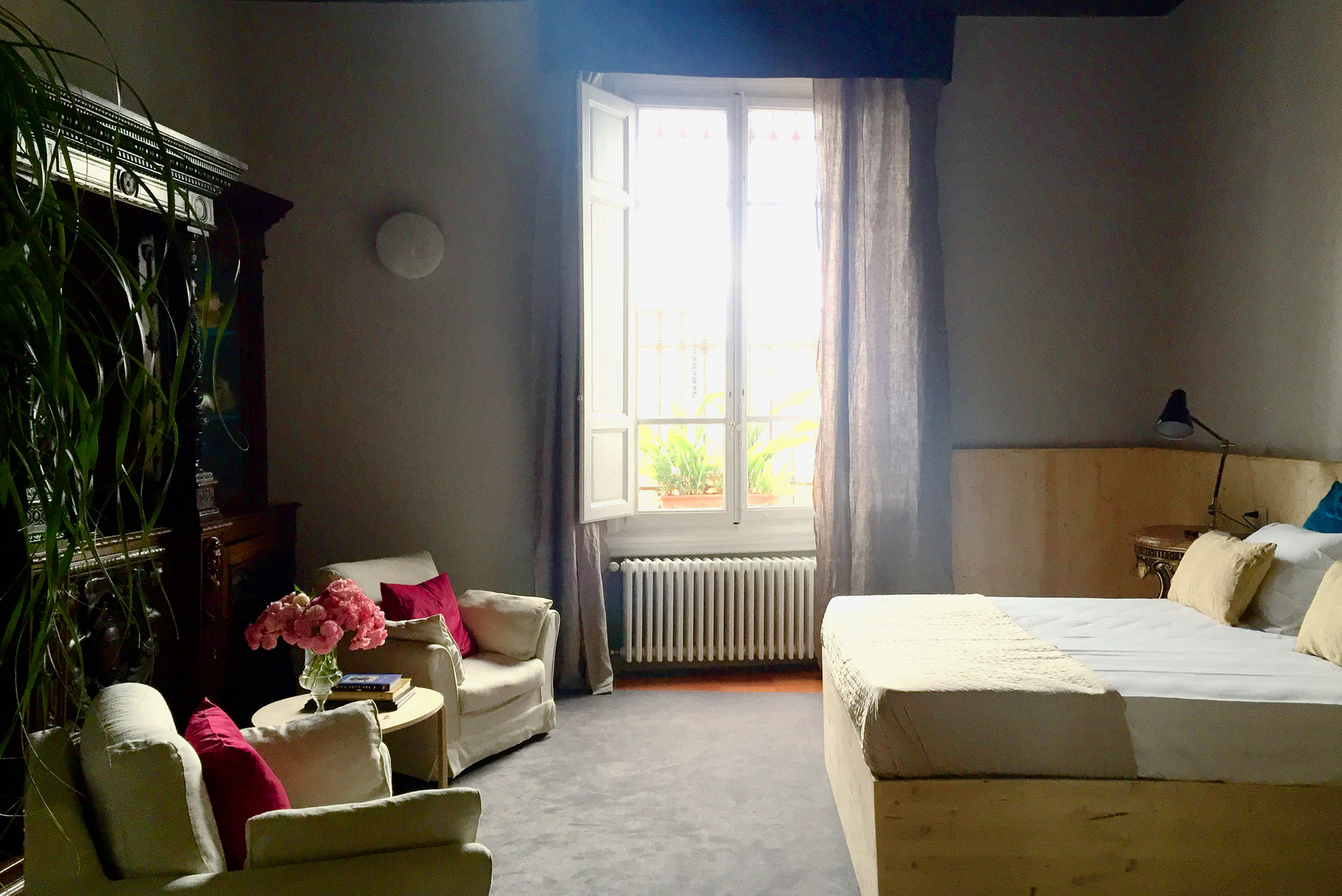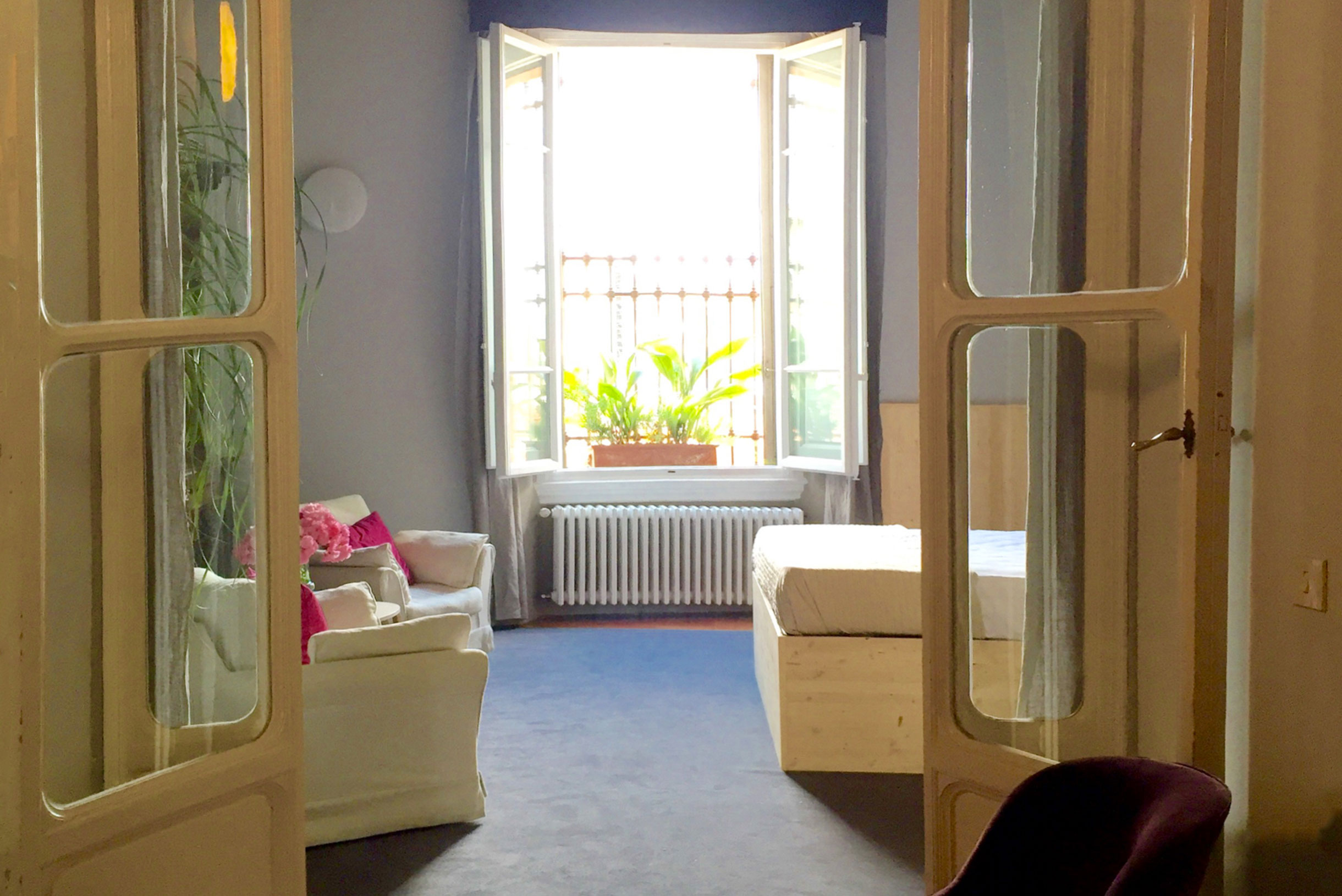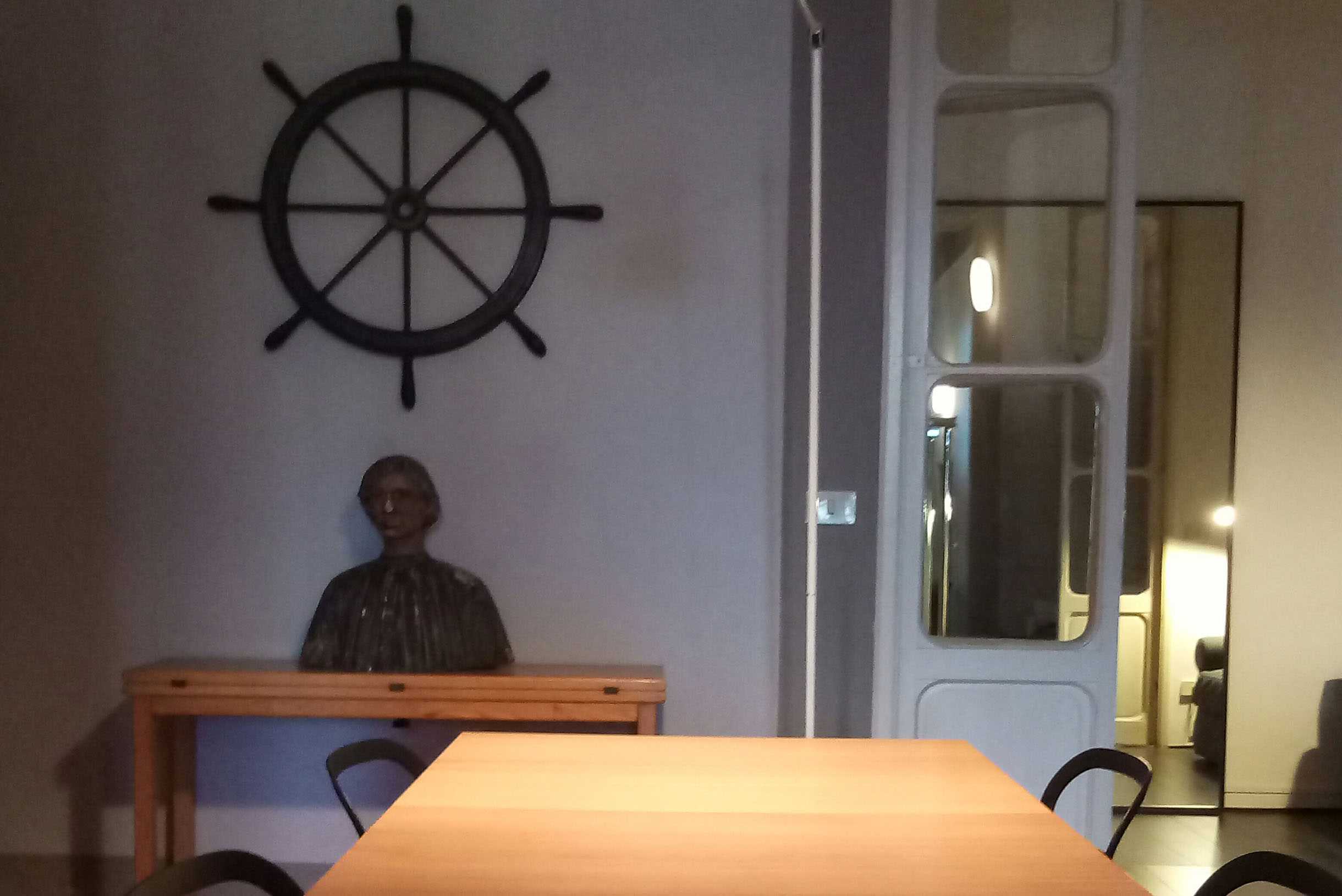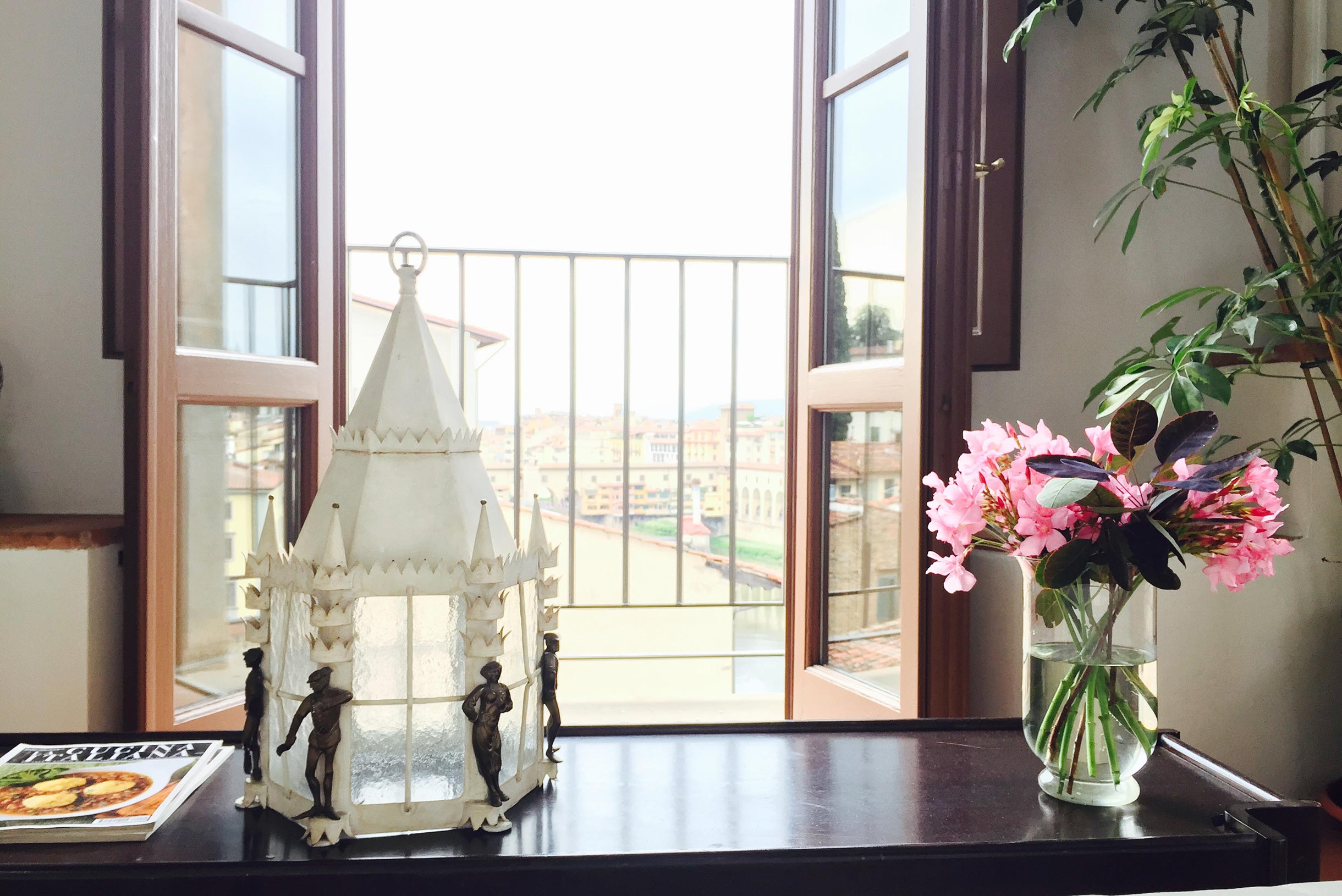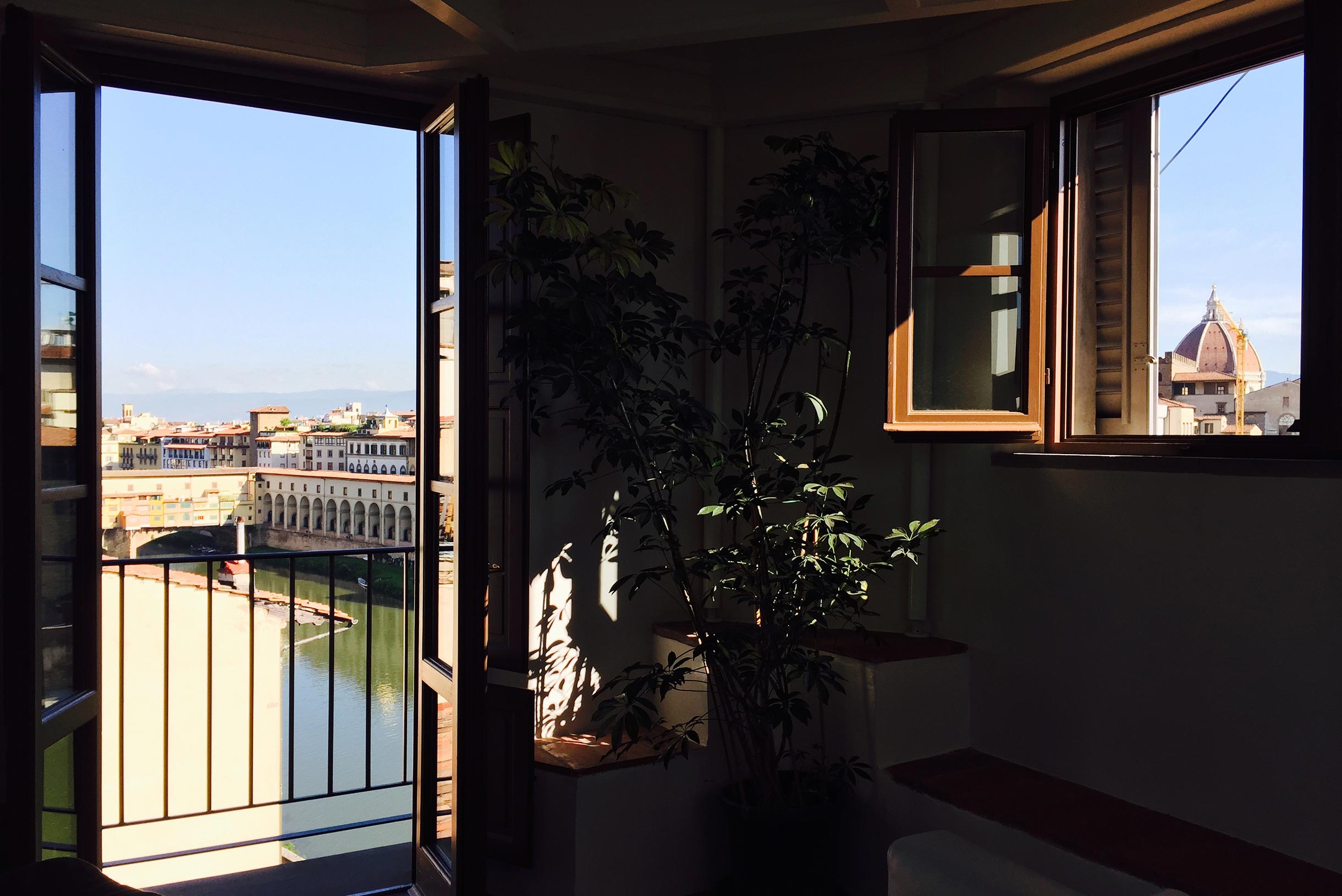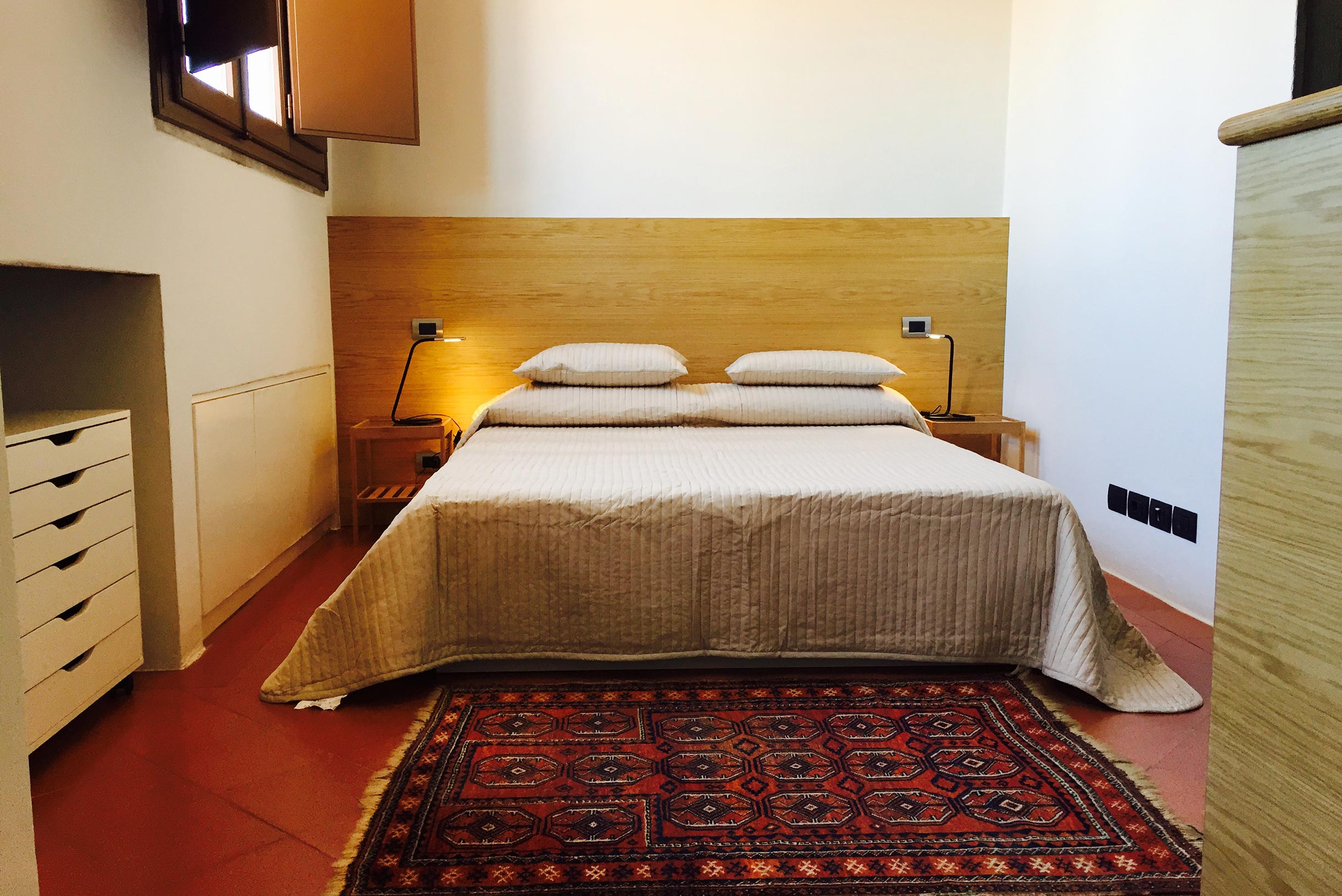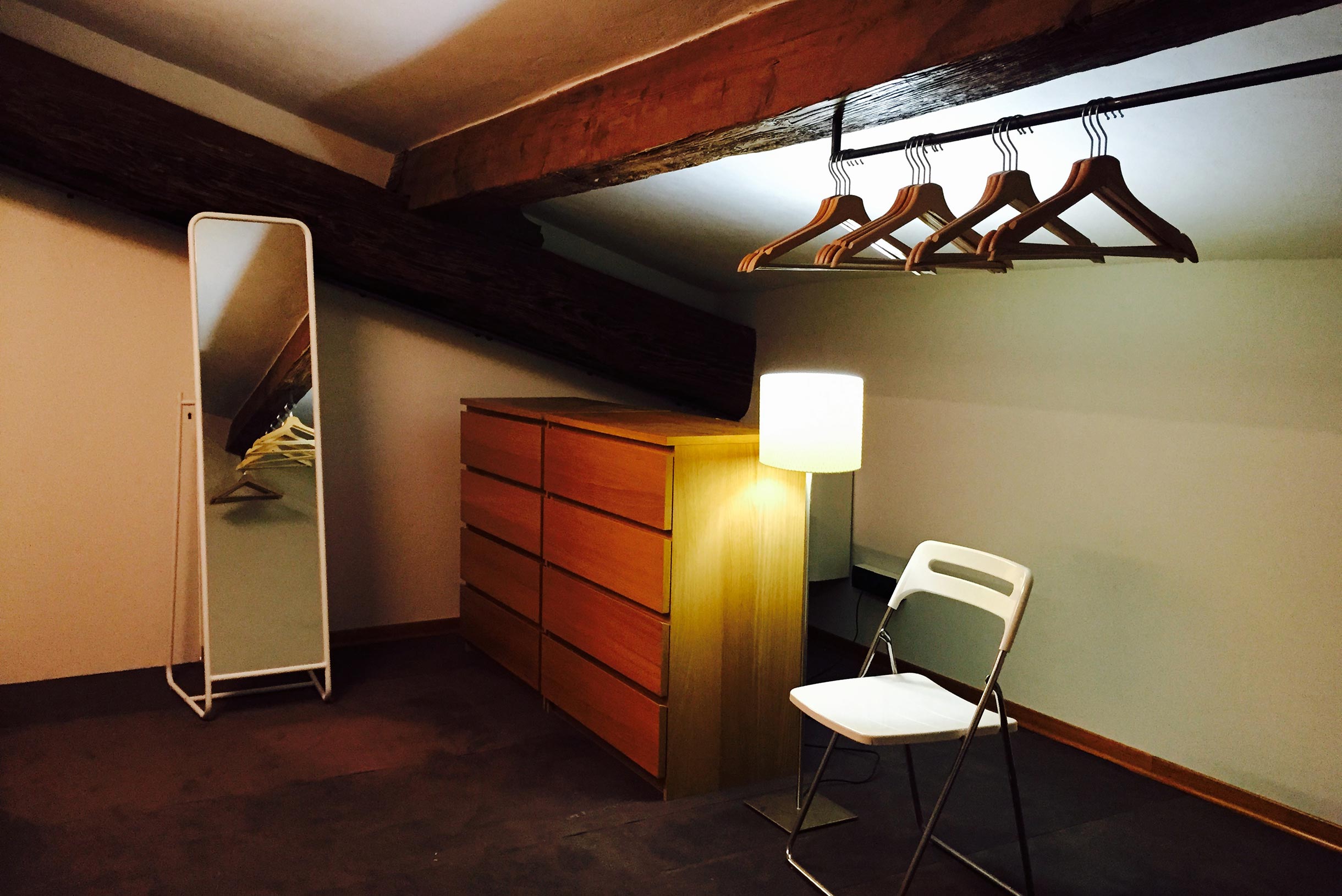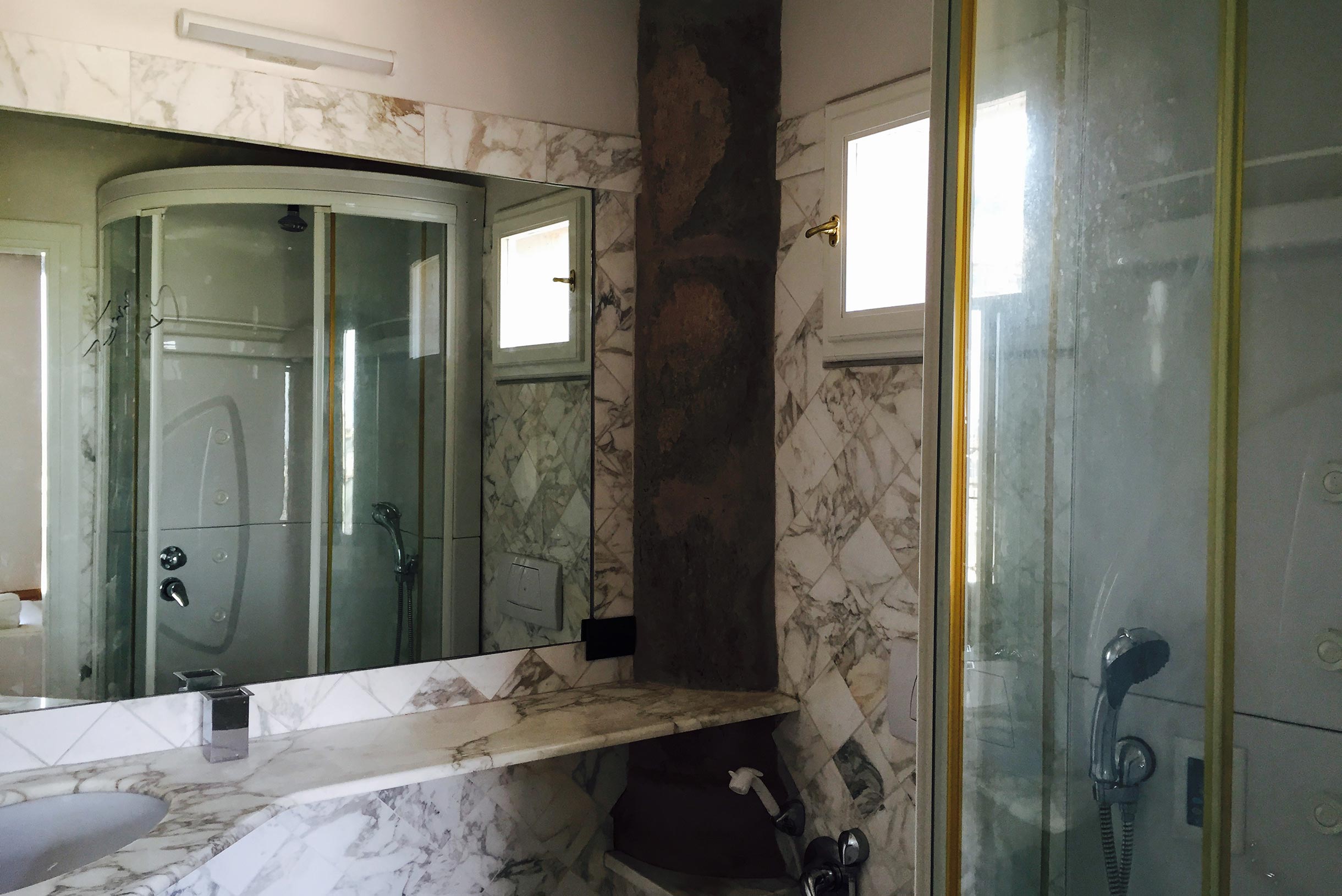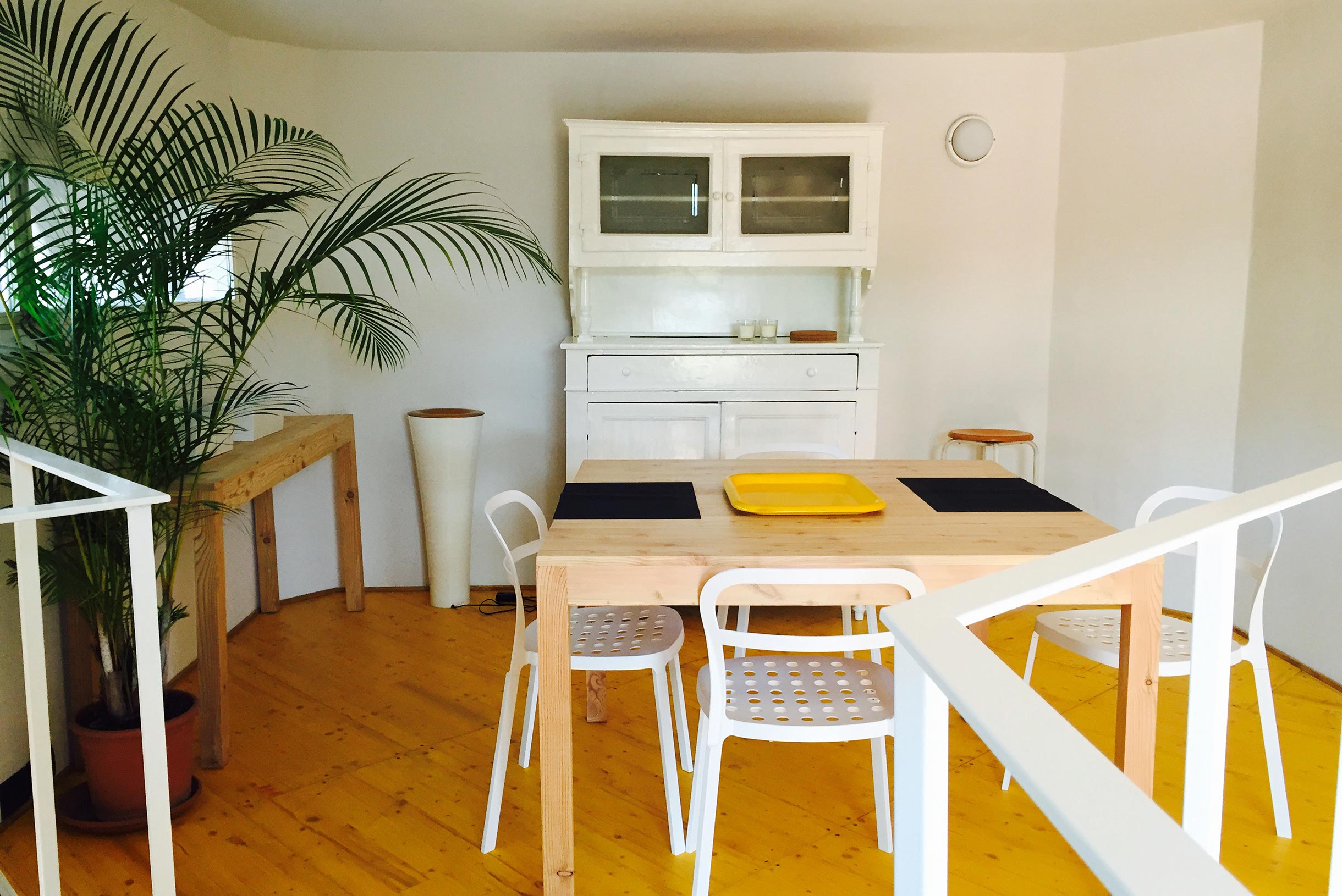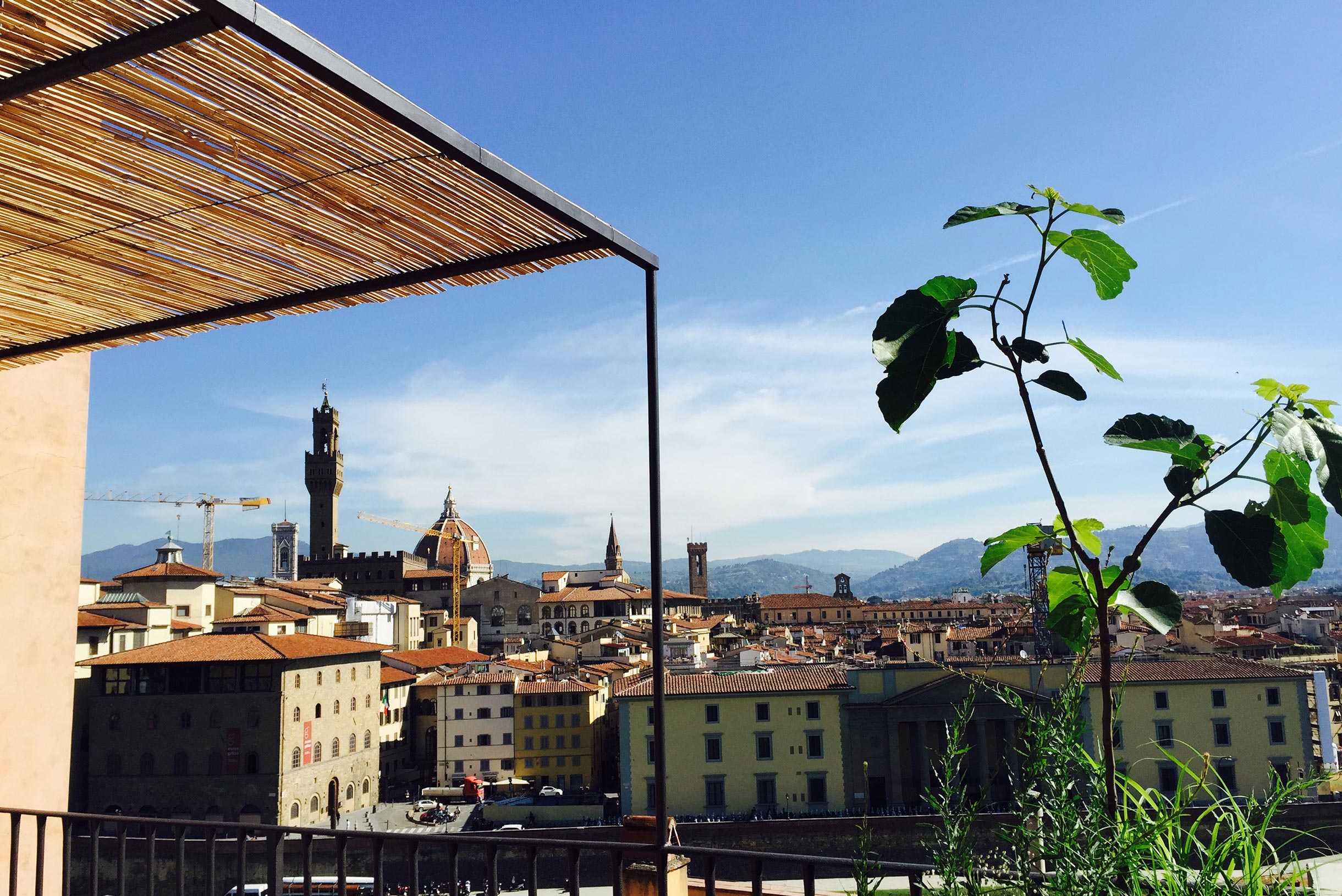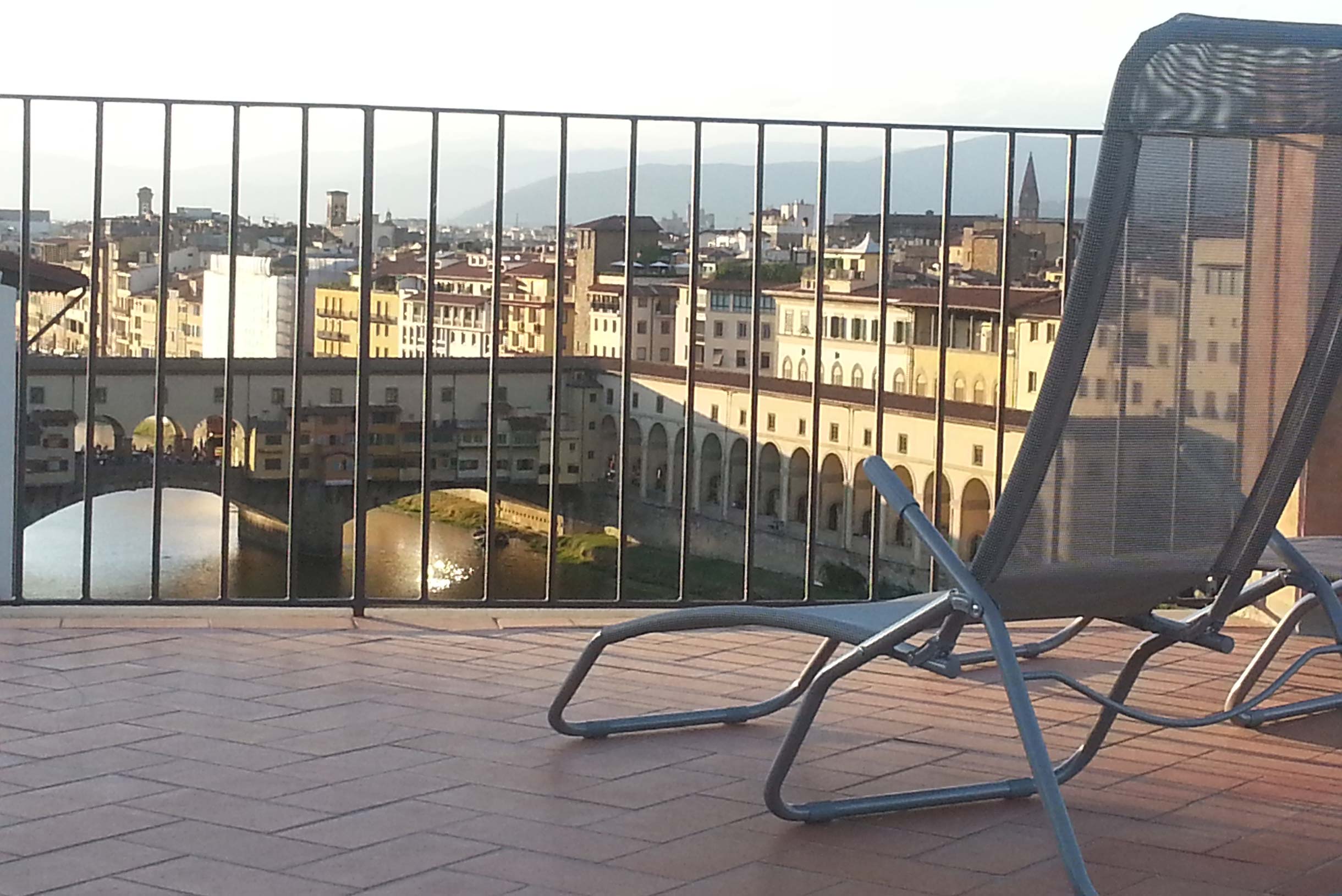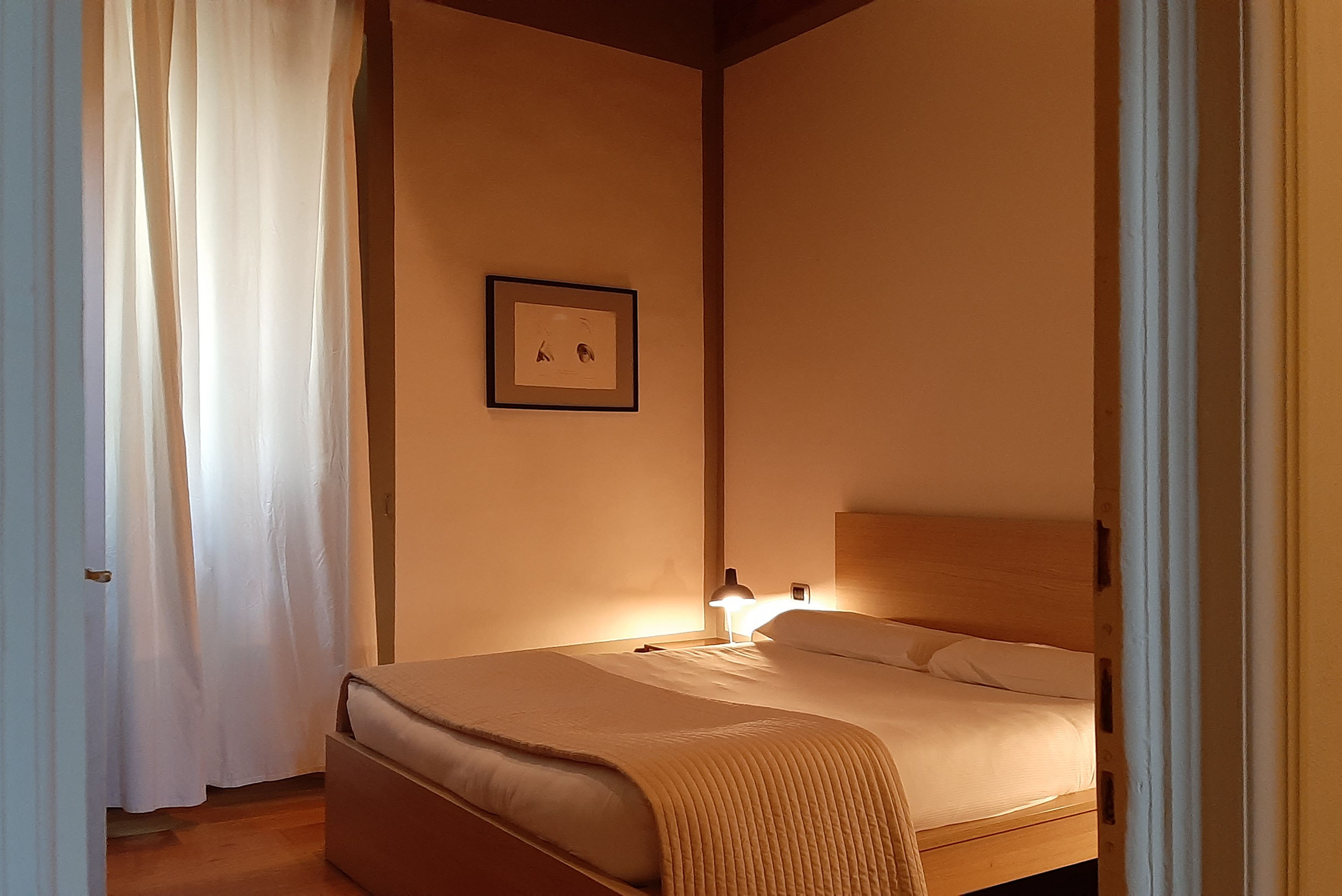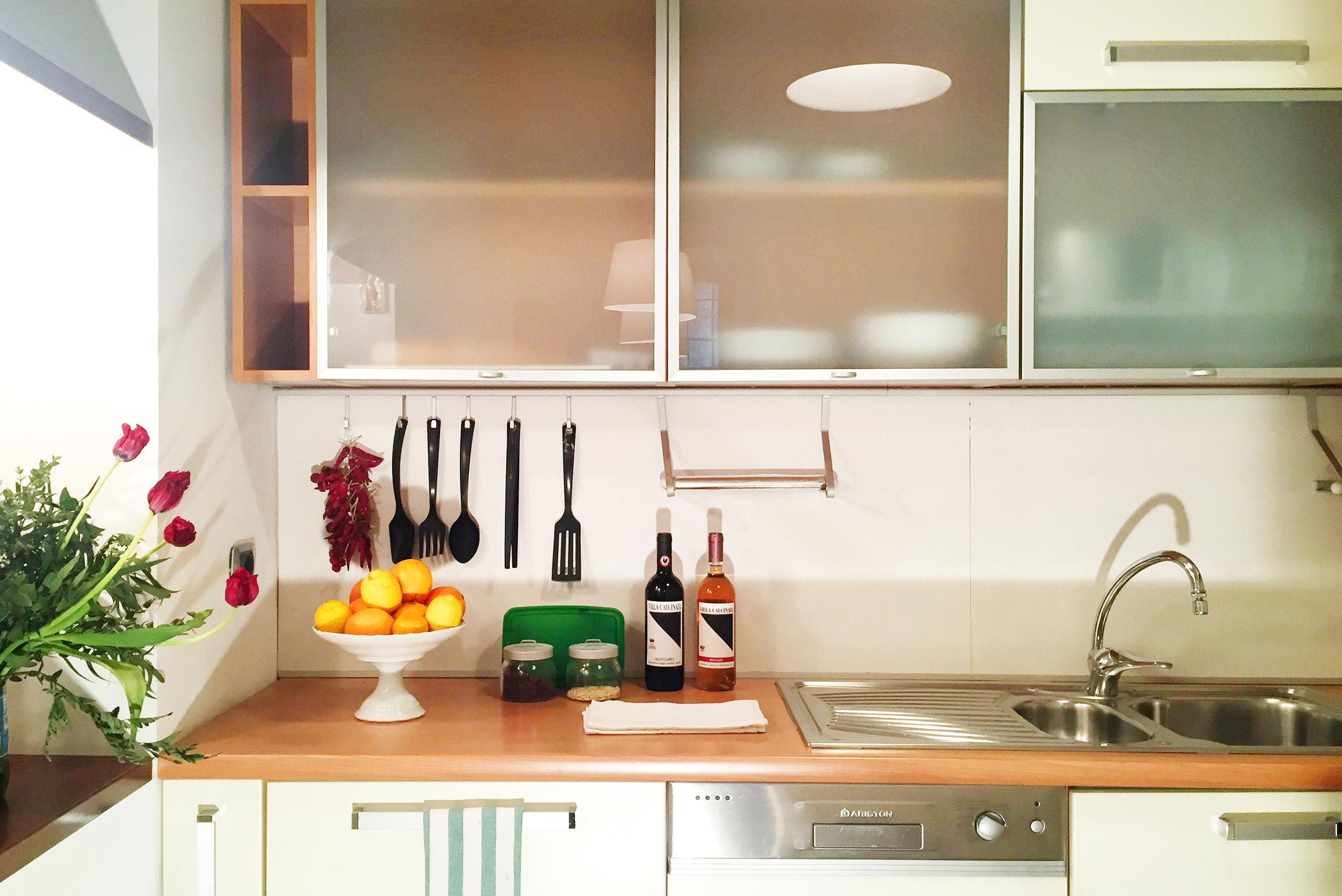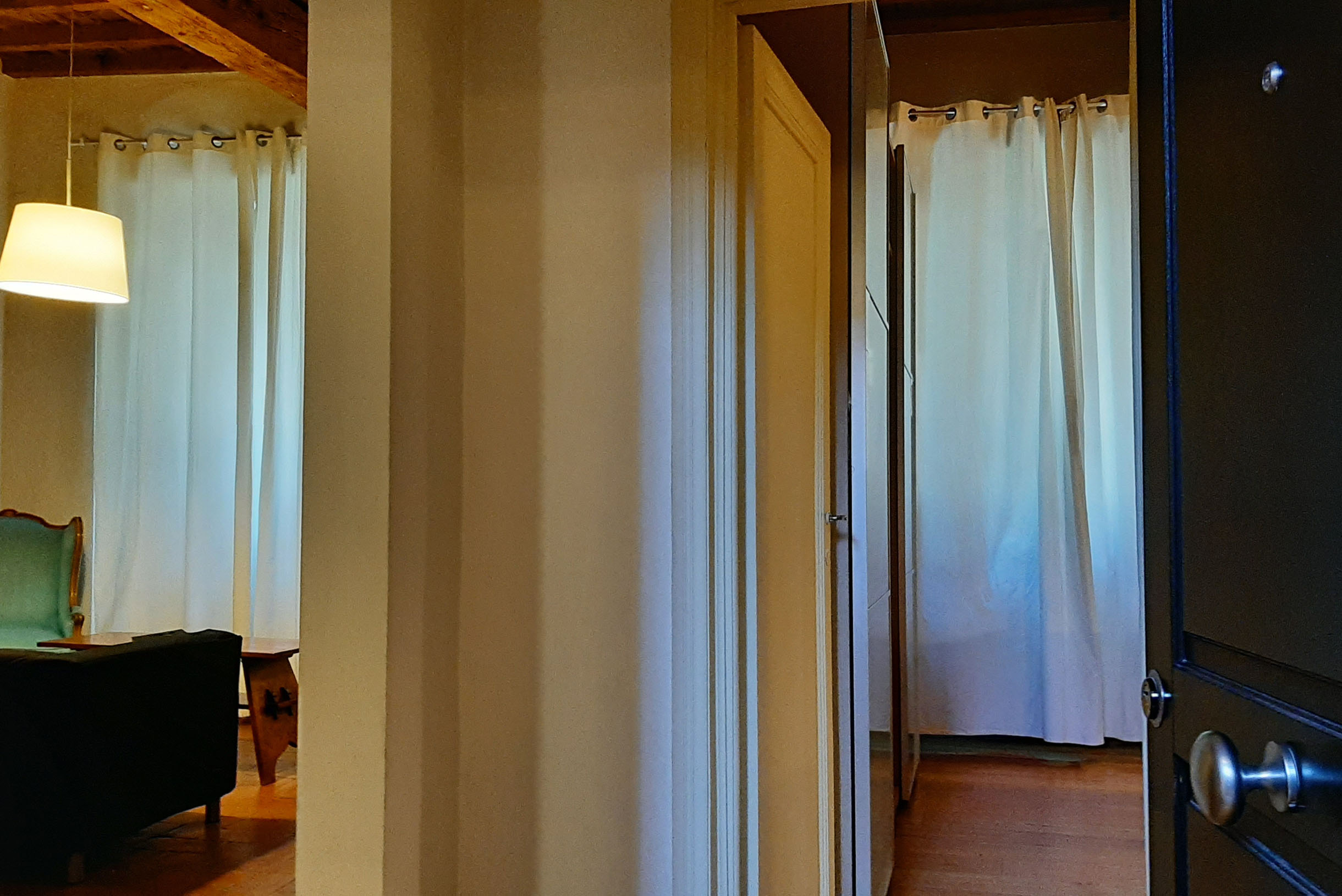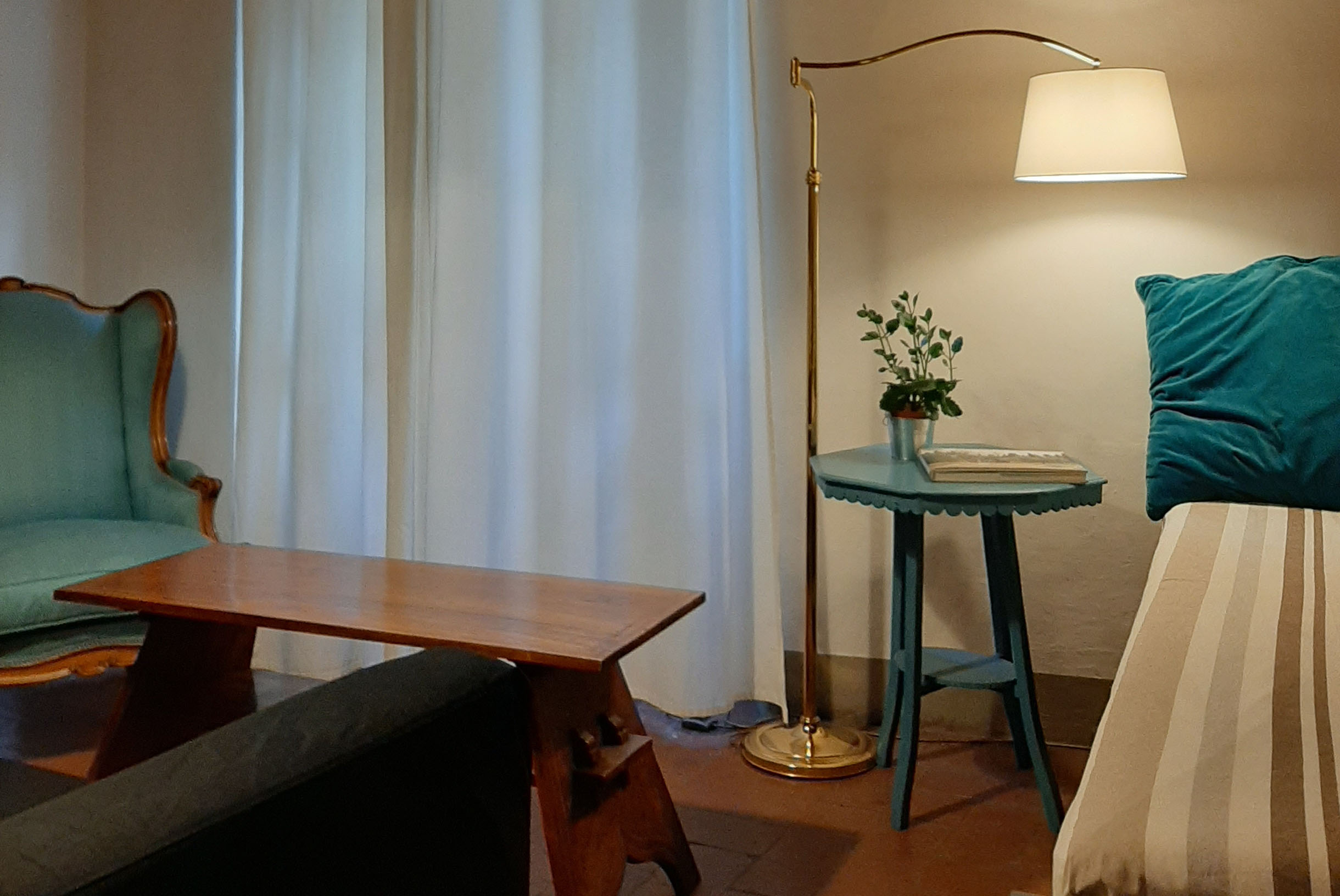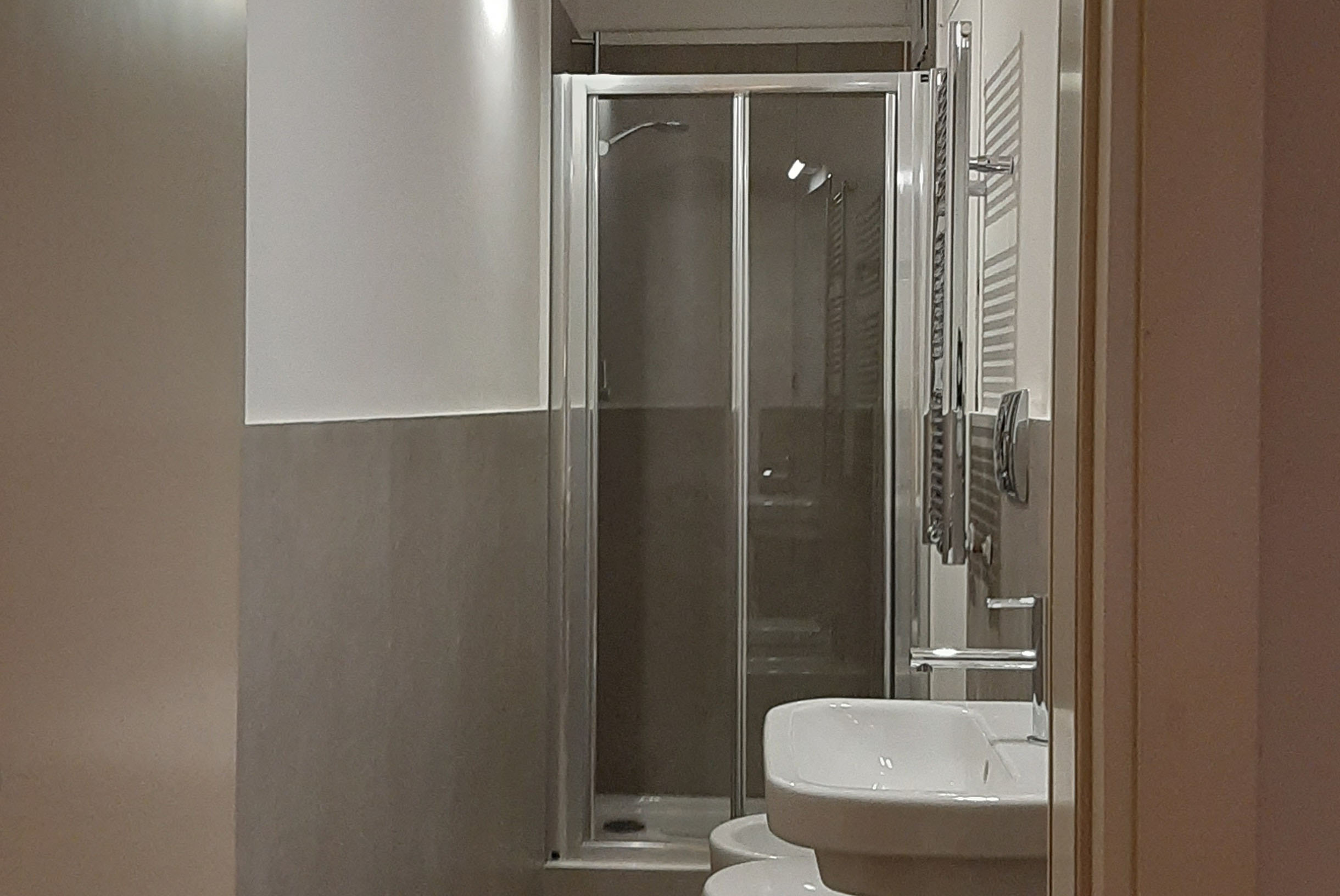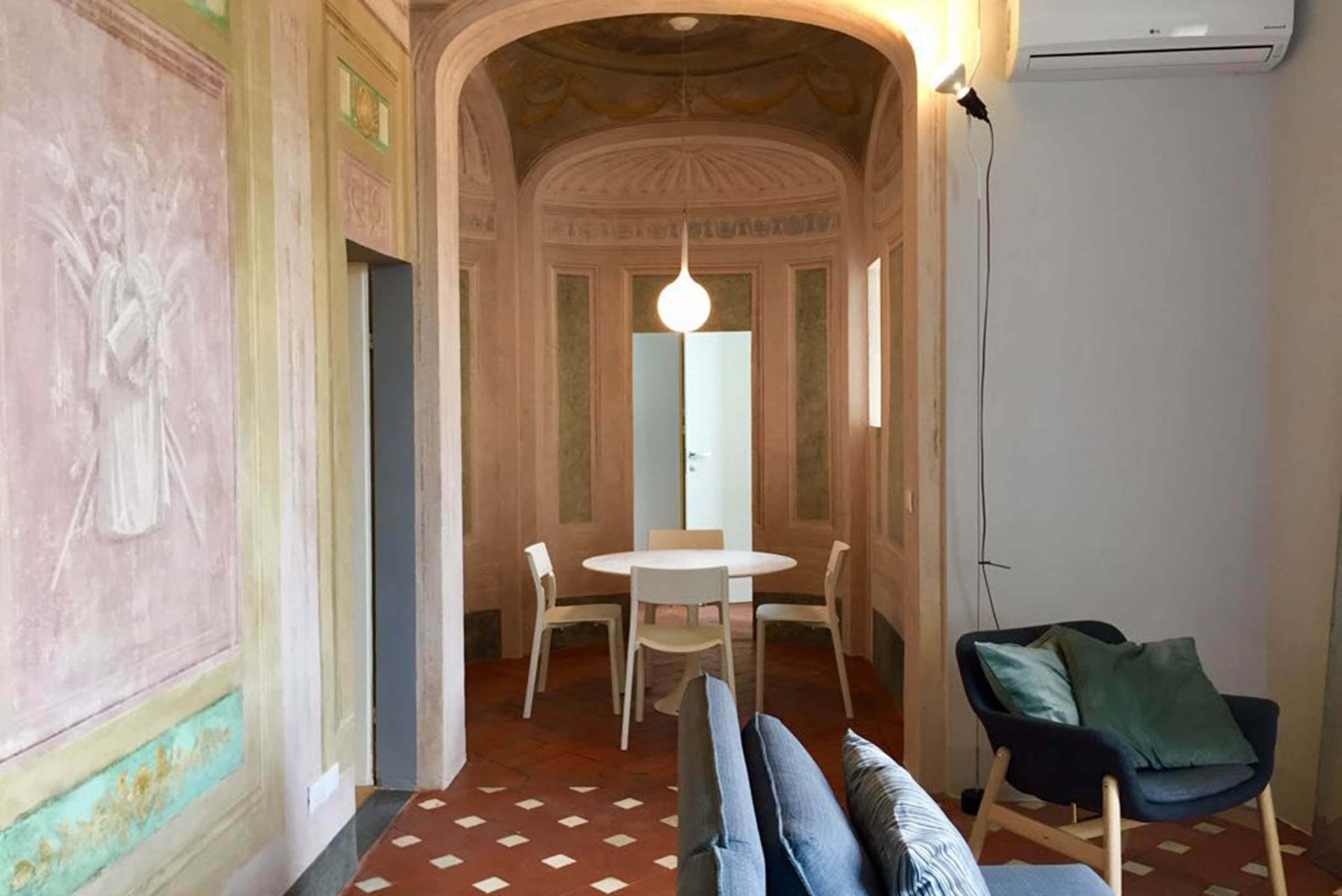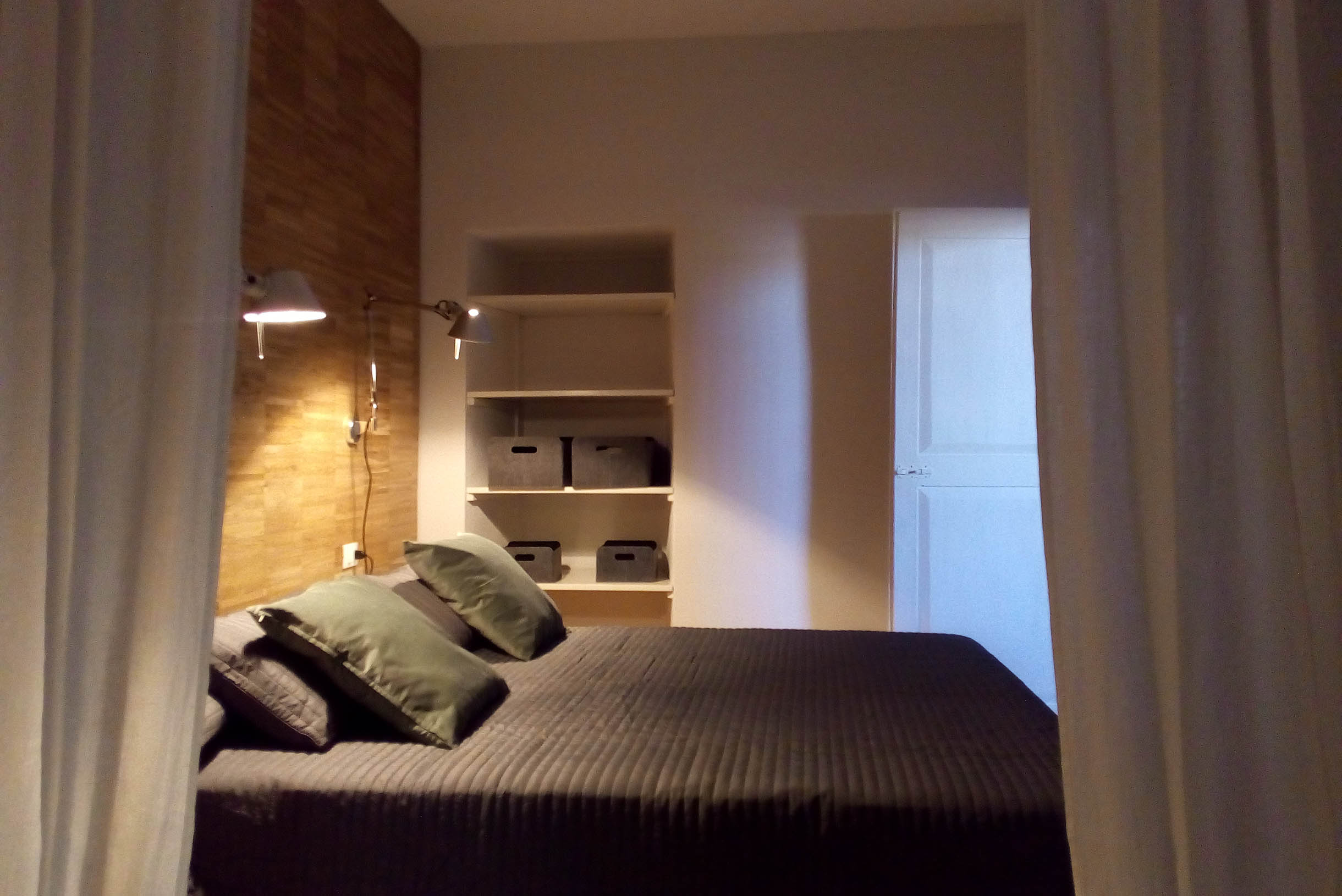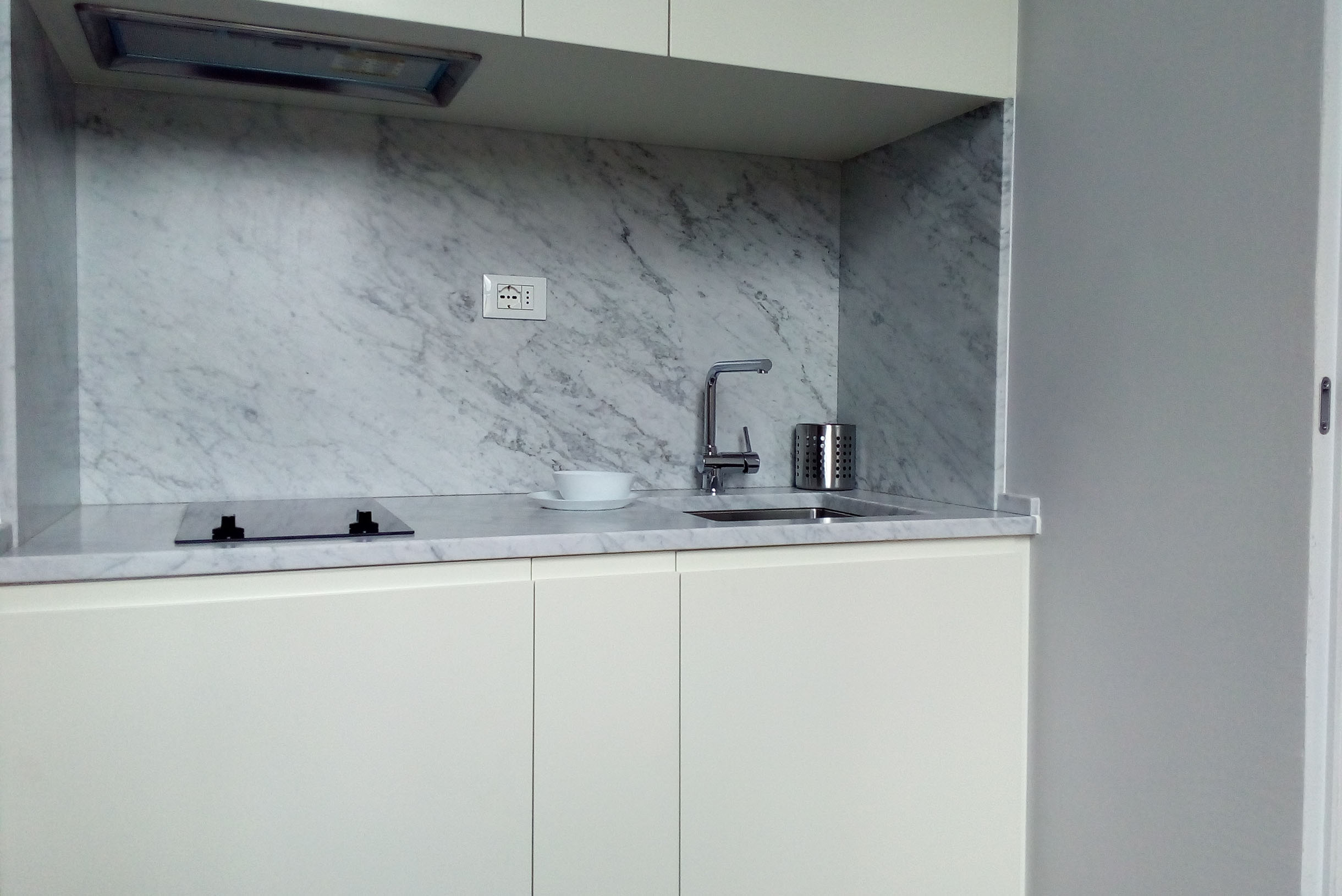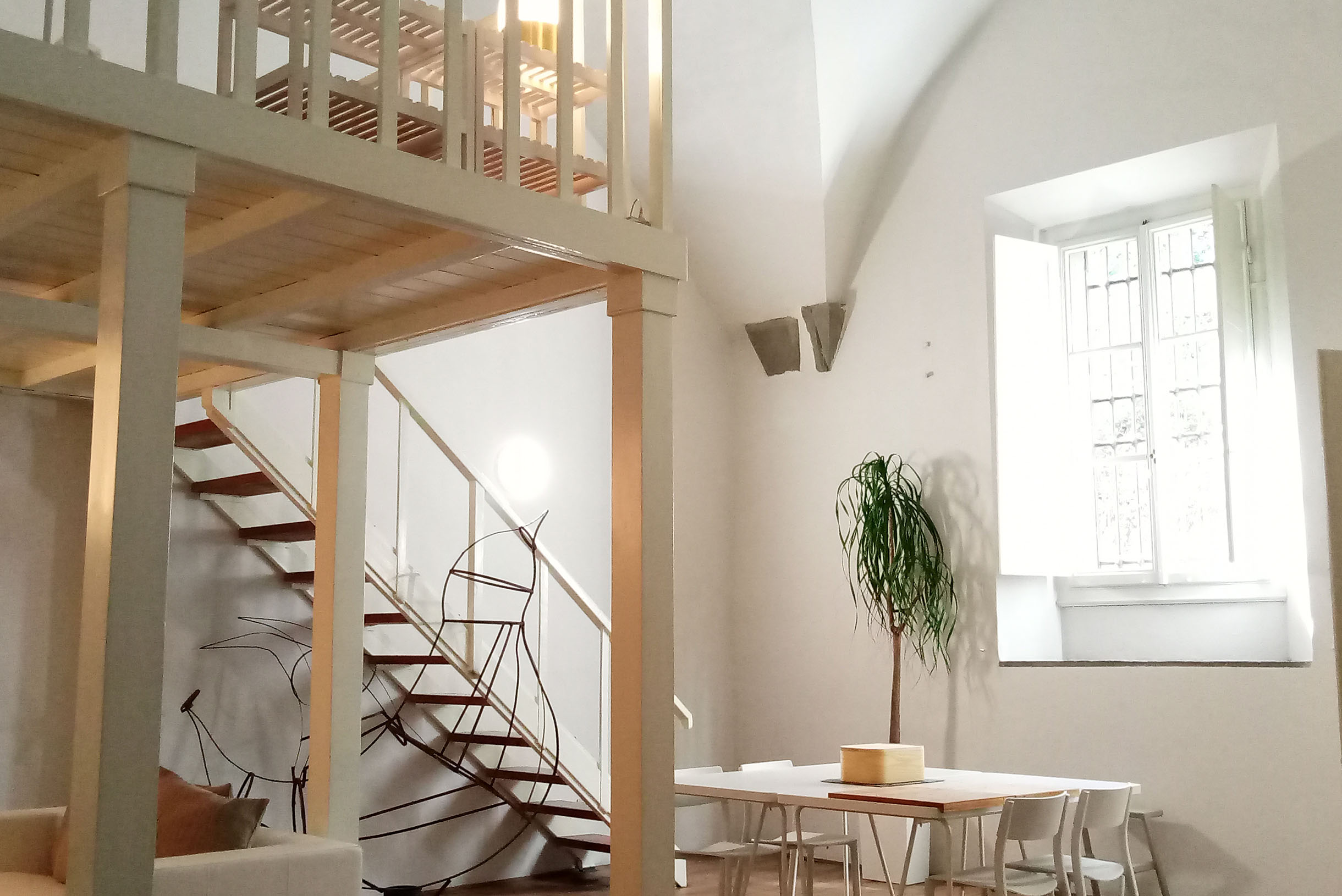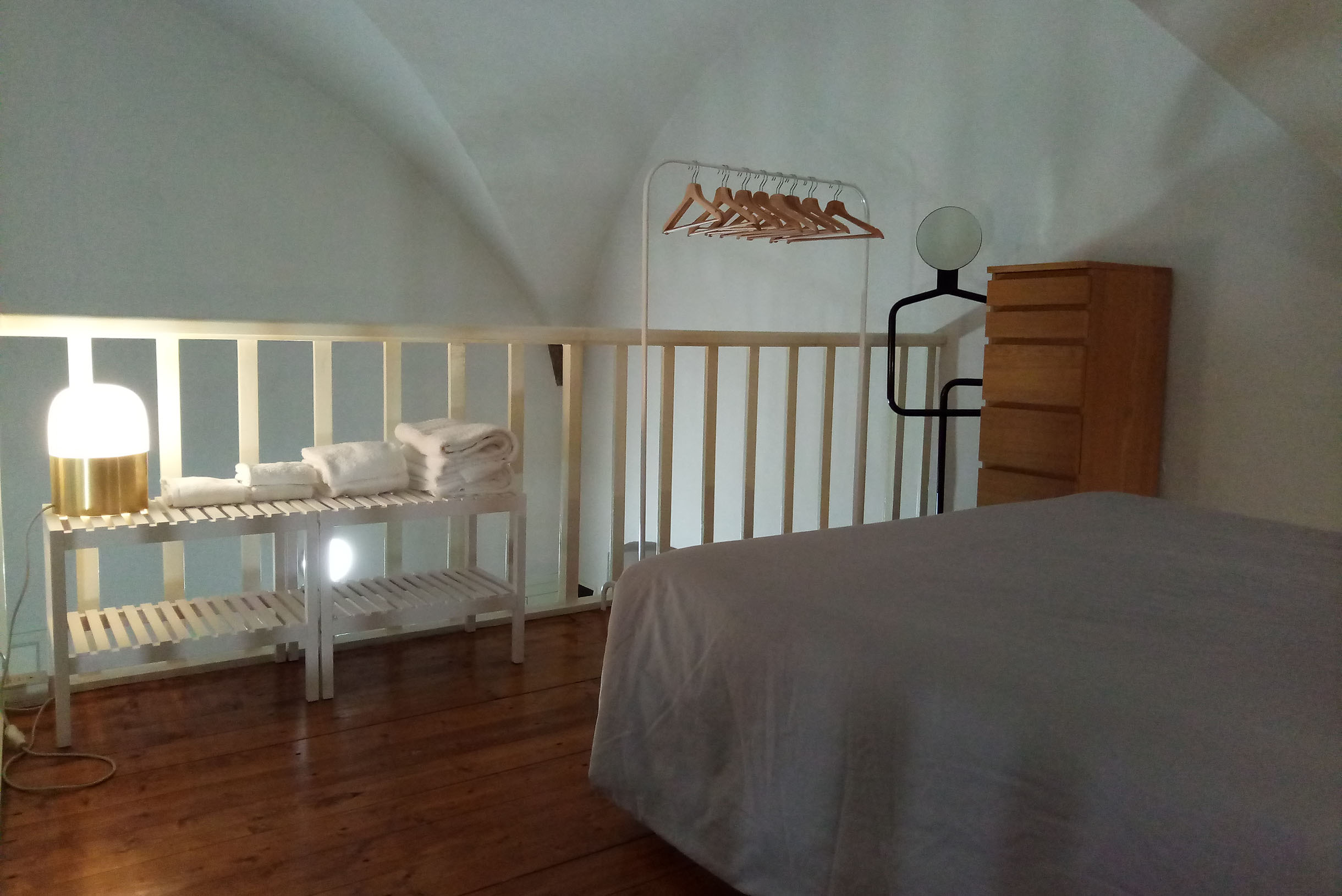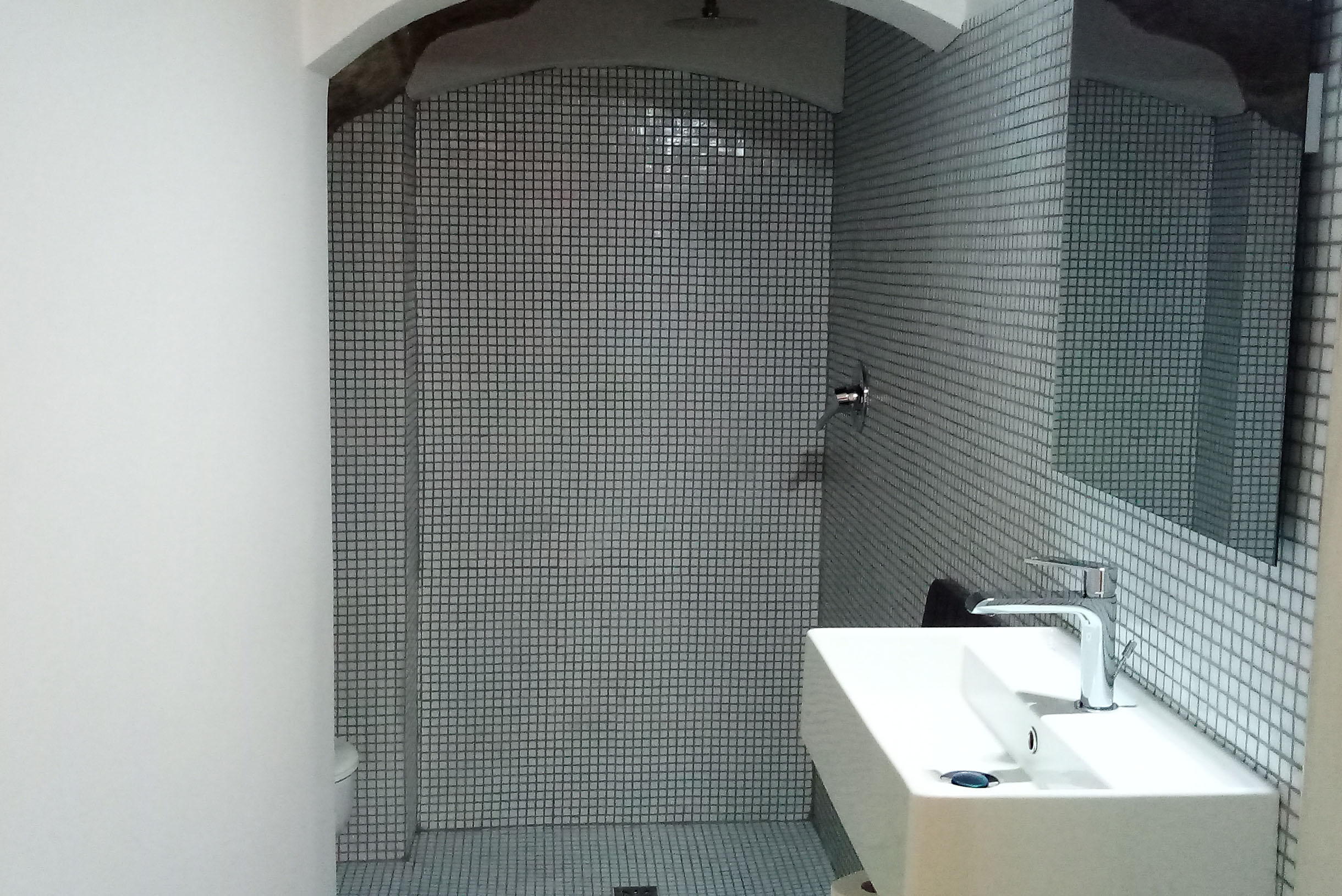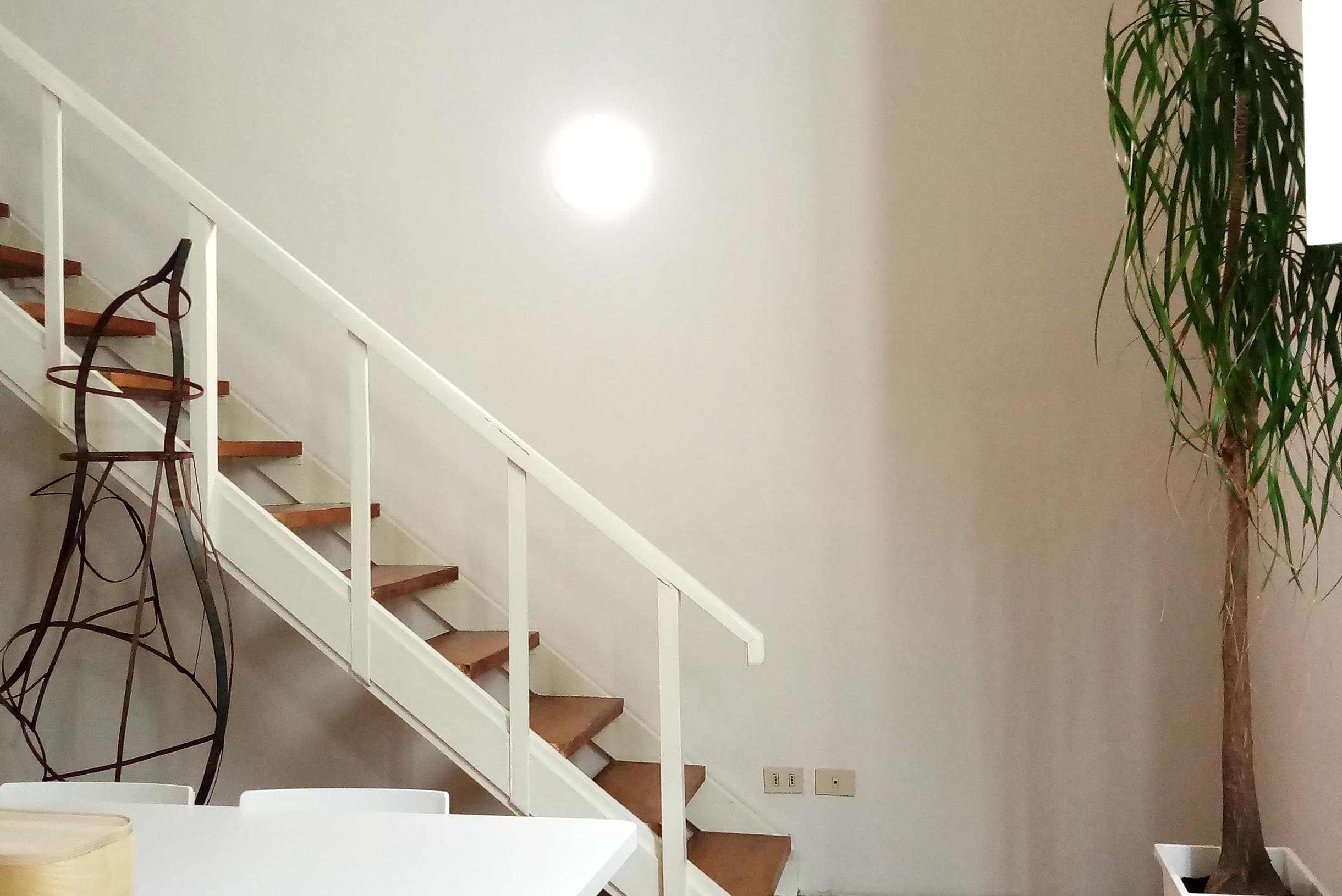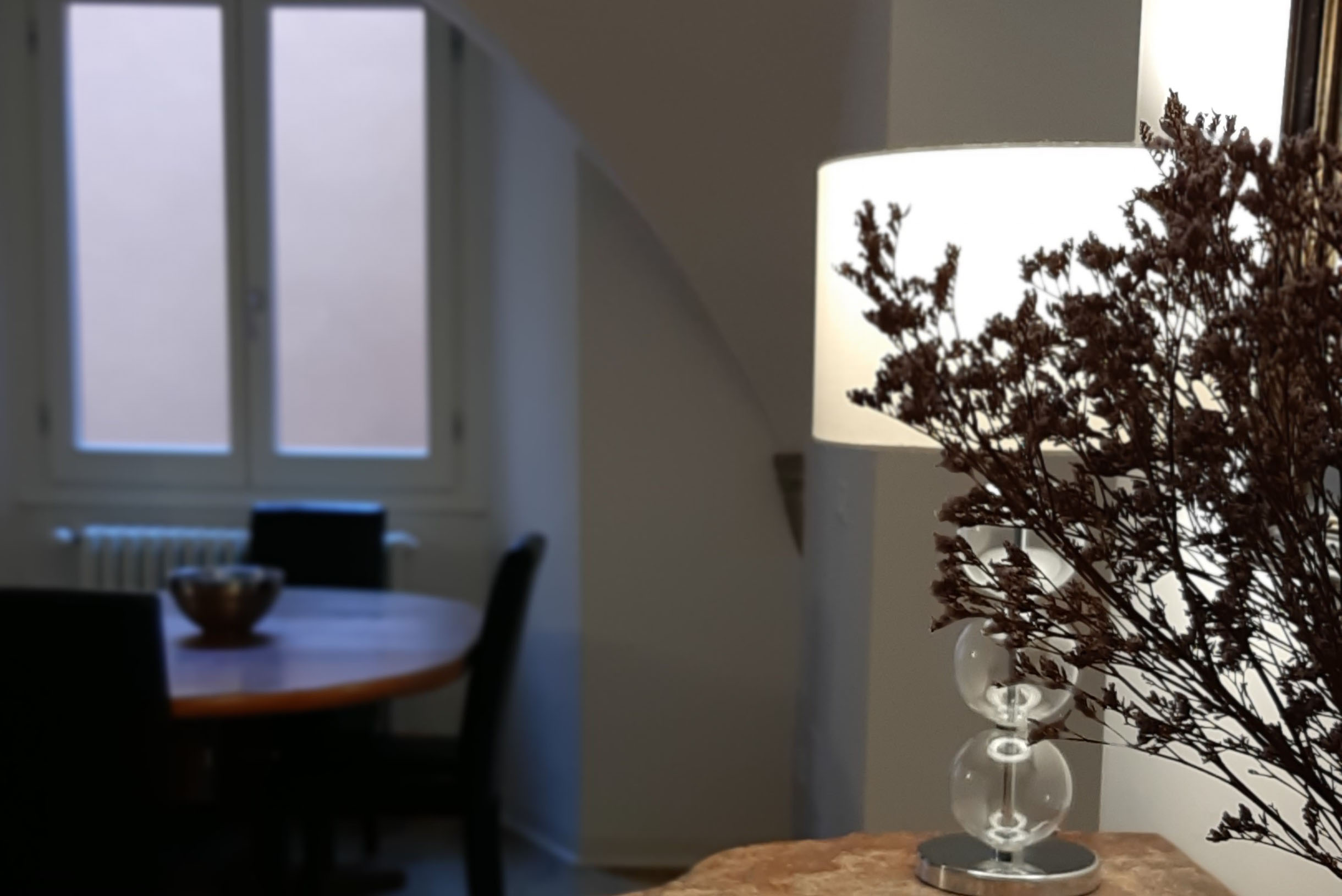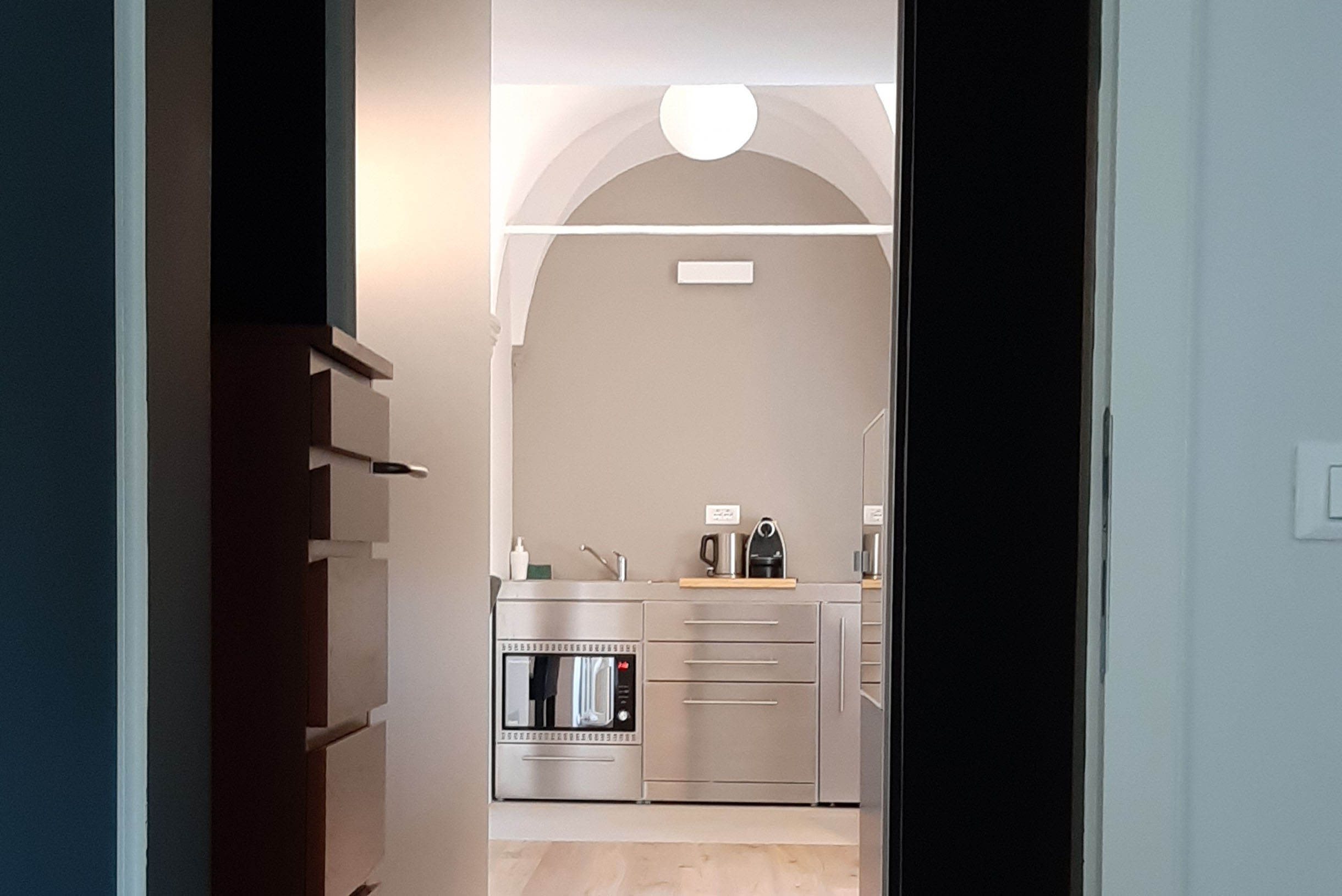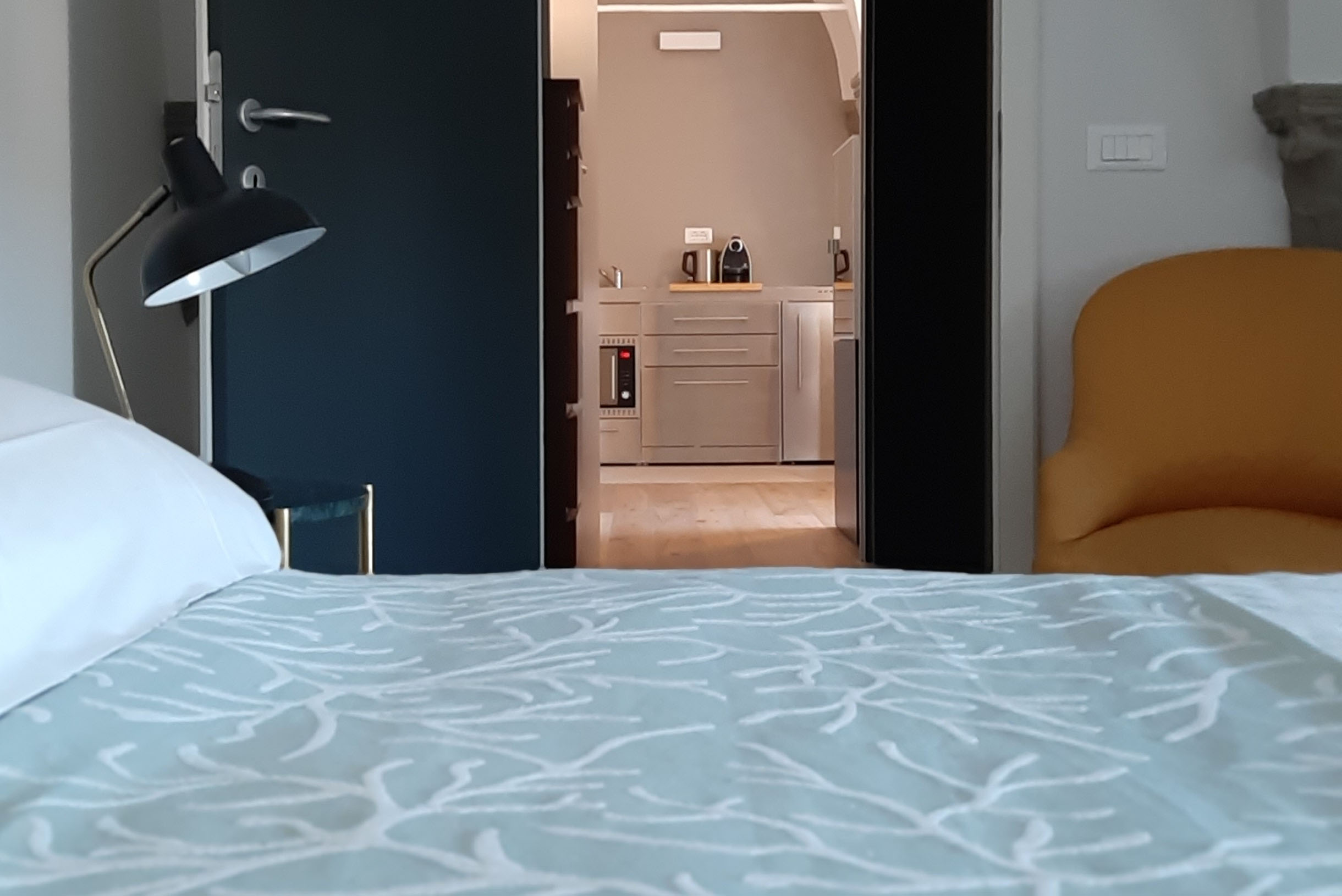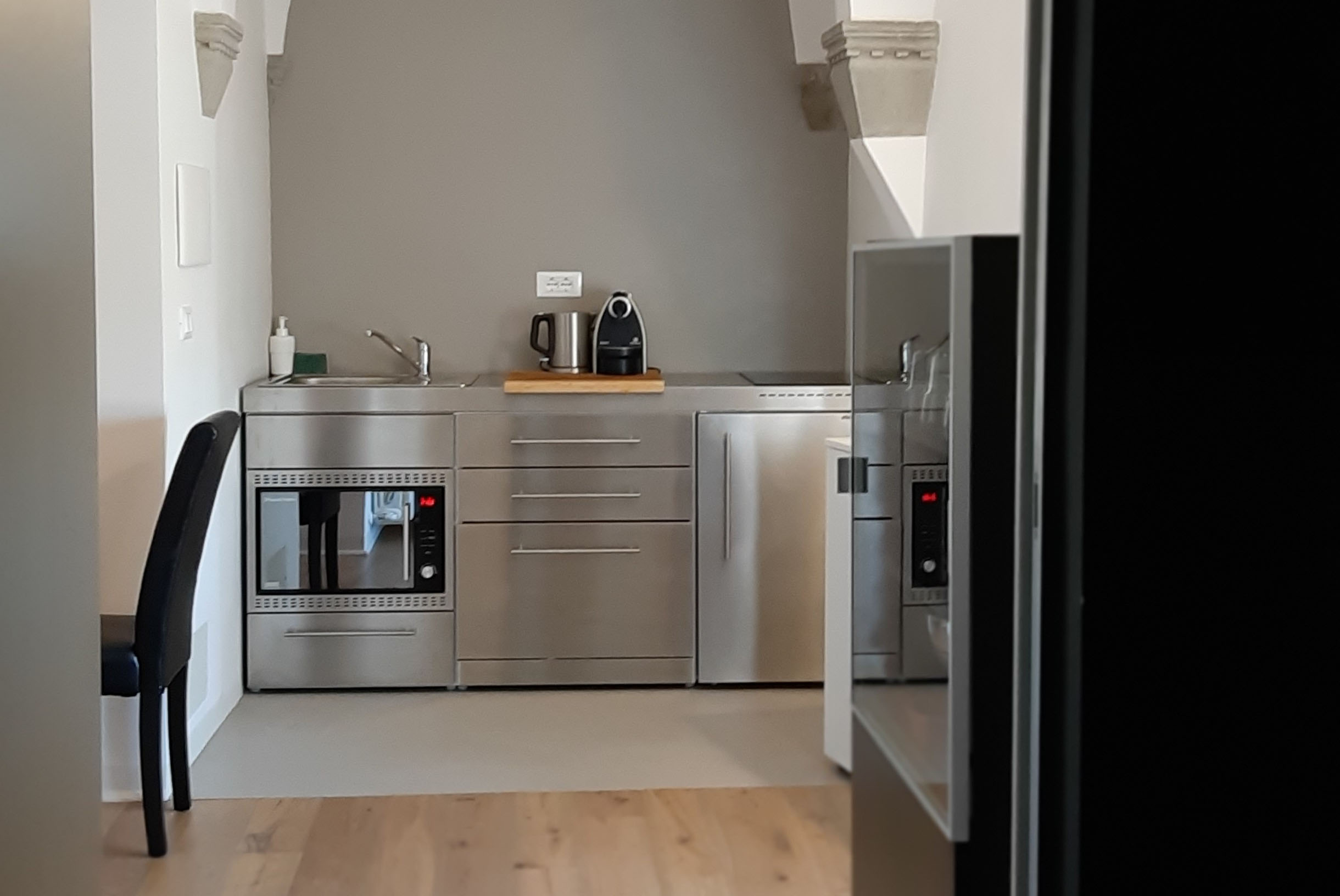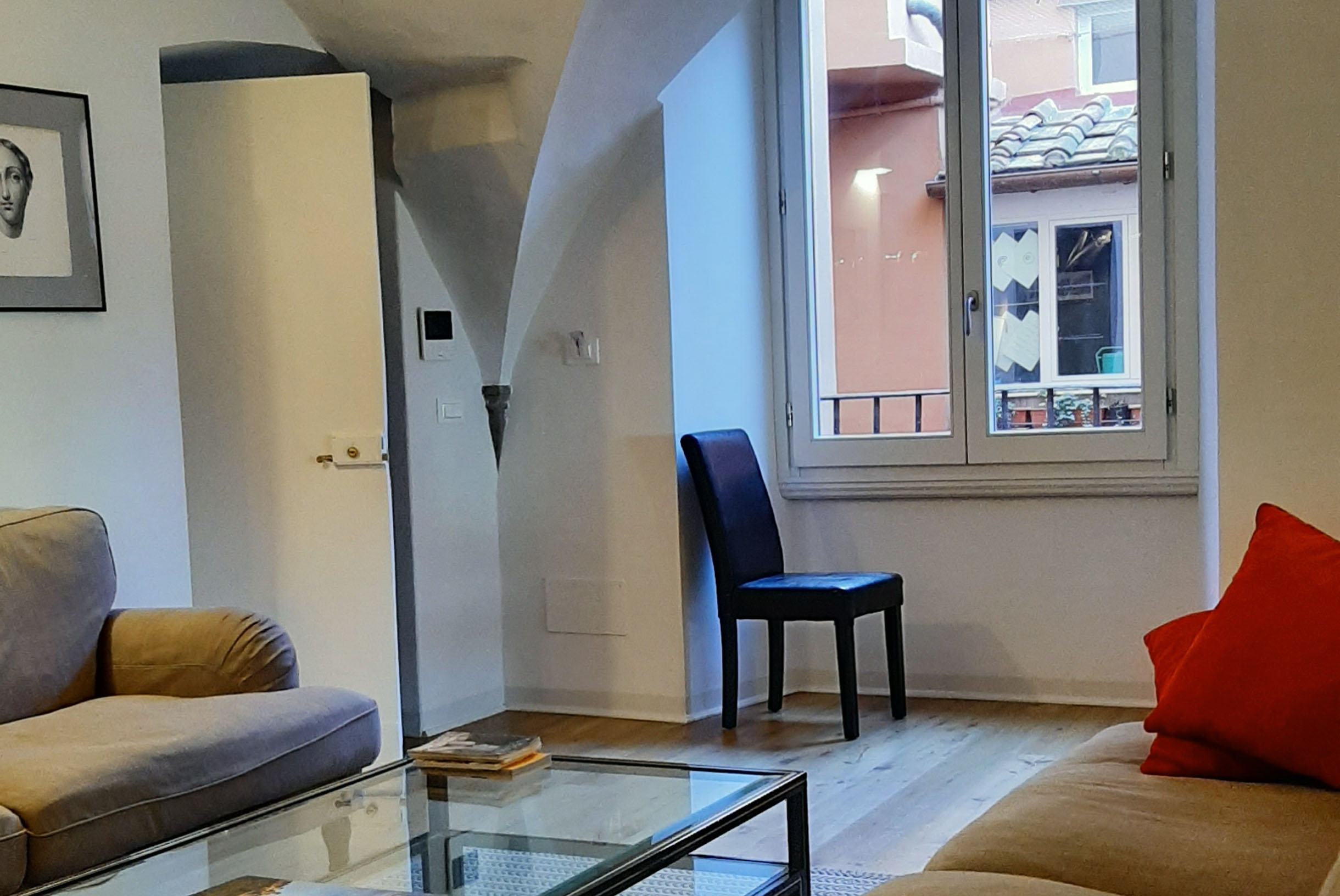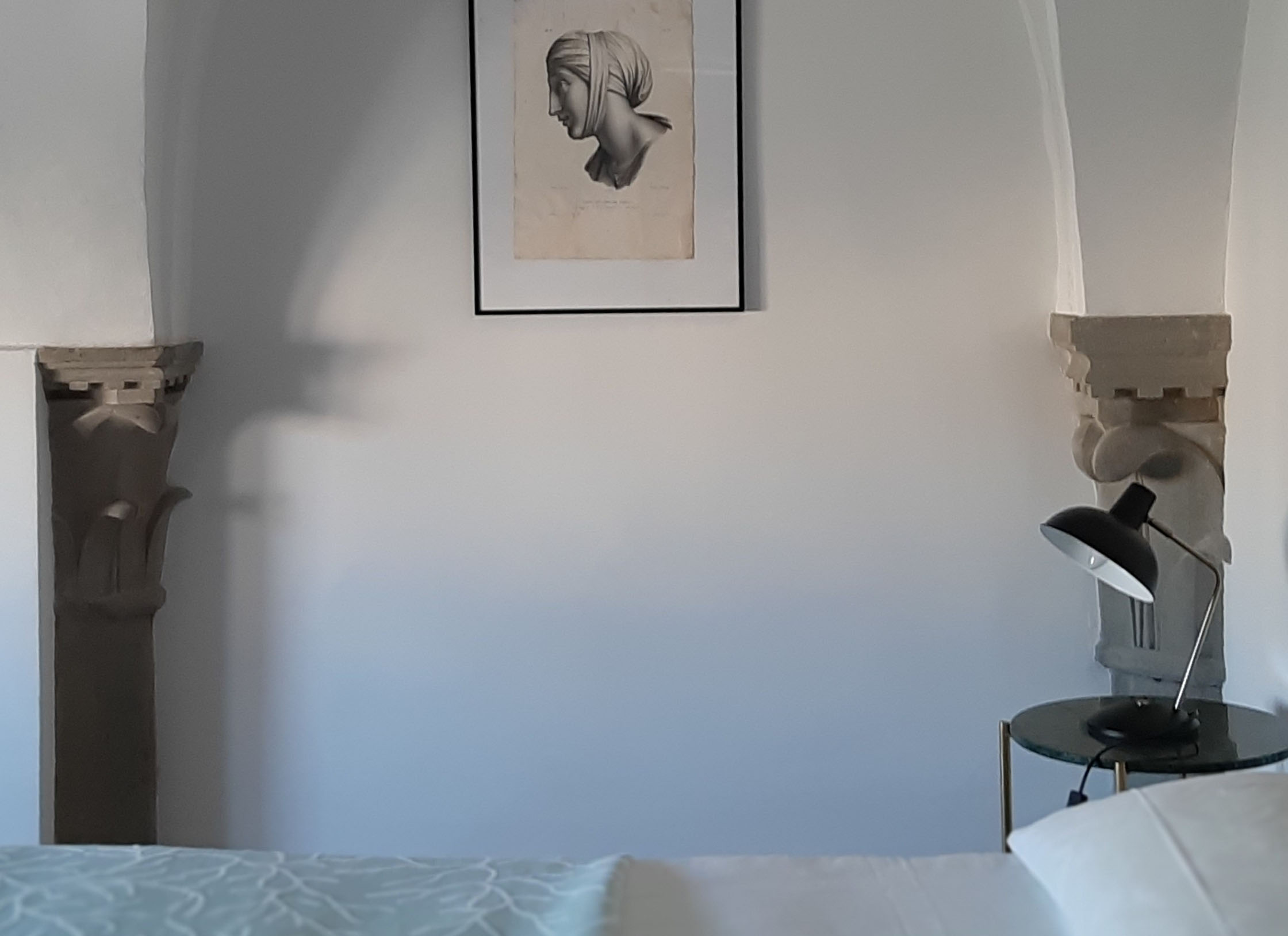History
Palazzo Capponi alle Rovinate is located in Via dei Bardi 36 in Florence, its other entrance on Lungarno Torrigiani 25.
The building, originally owned by the banker and politician Niccolò da Uzzano, dates from 1406 onwards, according to Vasari designed by Lorenzo di Bicci ,and finished around 1424. More recent scholarship also suggests that the young Filippo Brunelleschi may have participated in the project , based on existing similarities with Palazzo Busini-Bardi in via de ' Benci (1430). After Niccolo’s(1435)and his brother Agnolo‘s death (1433), the palace passed to a branch of the Capponi family known as "the Rovinate" named after the multiple landslides occuring on the Costa dei Magnoli, known also as Poggio delle Rovinate, the hill facing the building .
The façade on the Lungarno Torrigiani, in neo-Renaissance style, was instead built by Giuseppe Poggi between 1872 and 1878 at the same time the Lungarno was created.
The façade on the via de 'Bardi still shows late Gothic architectural features, with rustication on the ground floor and an even row of mullioned windows on the first floor (now partly modified and replaced by rectangular openings) and square windows on the upper levels .
Nevertheless, there are some innovative features that will become typical during the Renaissance,such as the orderly floor plan, more or less square in shape, built around a central courtyard. The latter is considered the first known Renaissance style courtyard with graffiti in part dating back to the fifties of the fifteenth century; the archways on all sides, partially filled in at some point in the eighteenth century.
At the entrance on via dei Bardi an ancient fresco, perhaps by Lorenzo di Bicci, is still visible, showing two winged figures holding the Da Uzzano coat of arms ; above it one can see the portrait of Niccolo da Uzzano dating back to 1887 and inspired by Niccolo’s bust attributed to Donatello once kept in the palazzo and now in the Bargello. The Capponi court of arms embellishes both facades.
